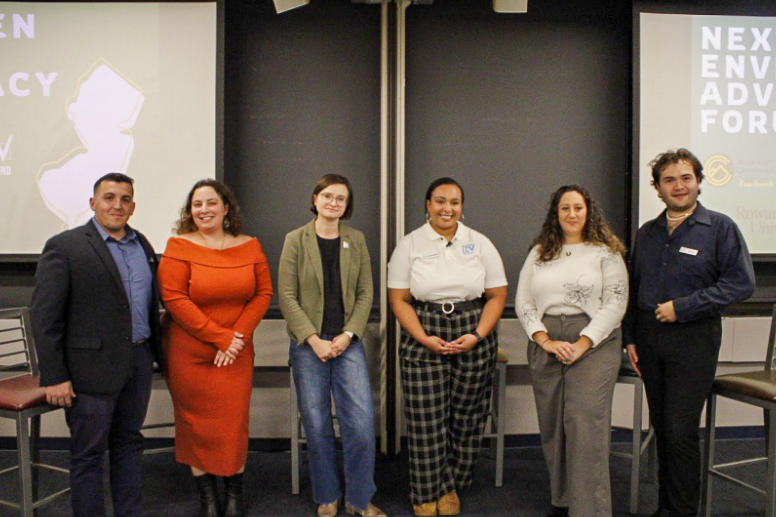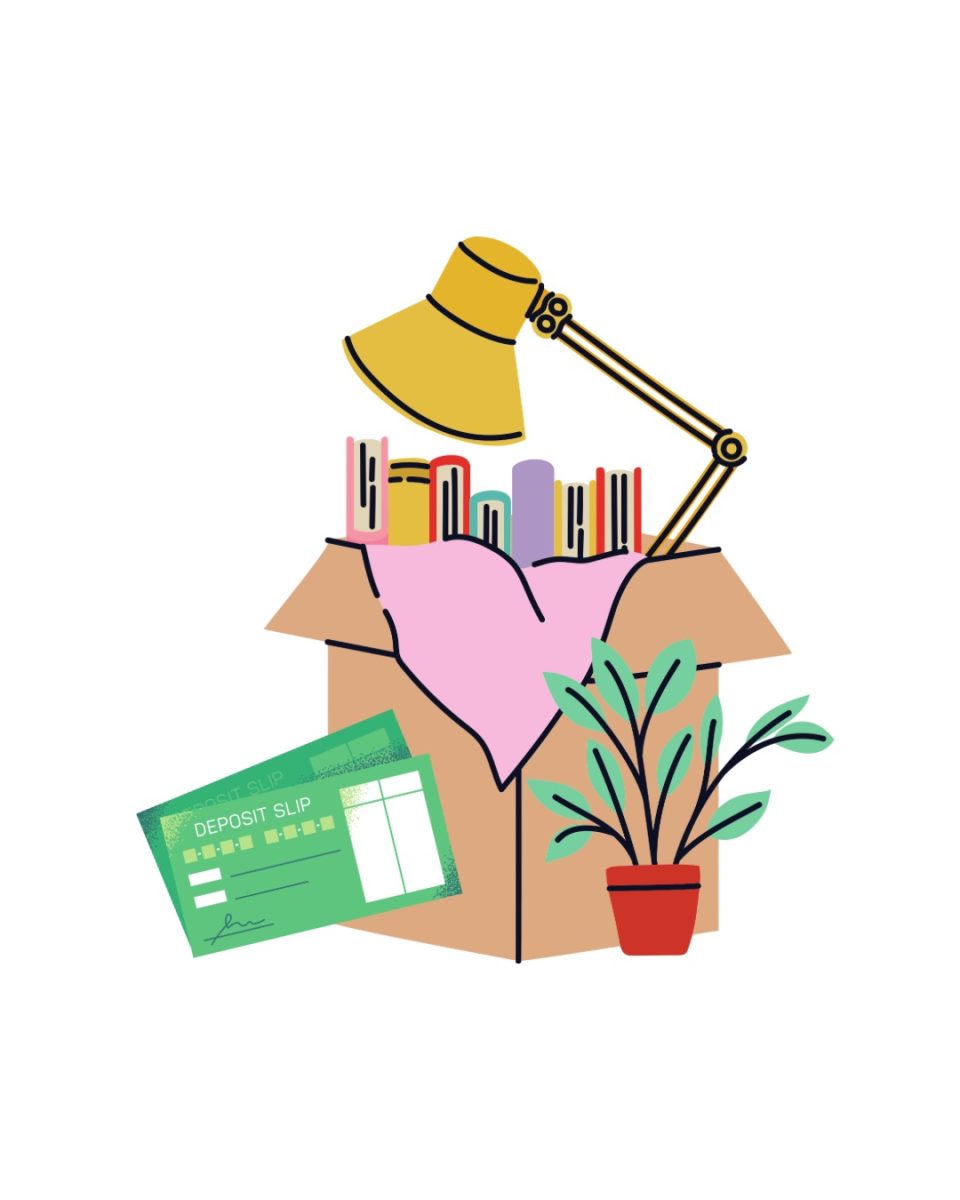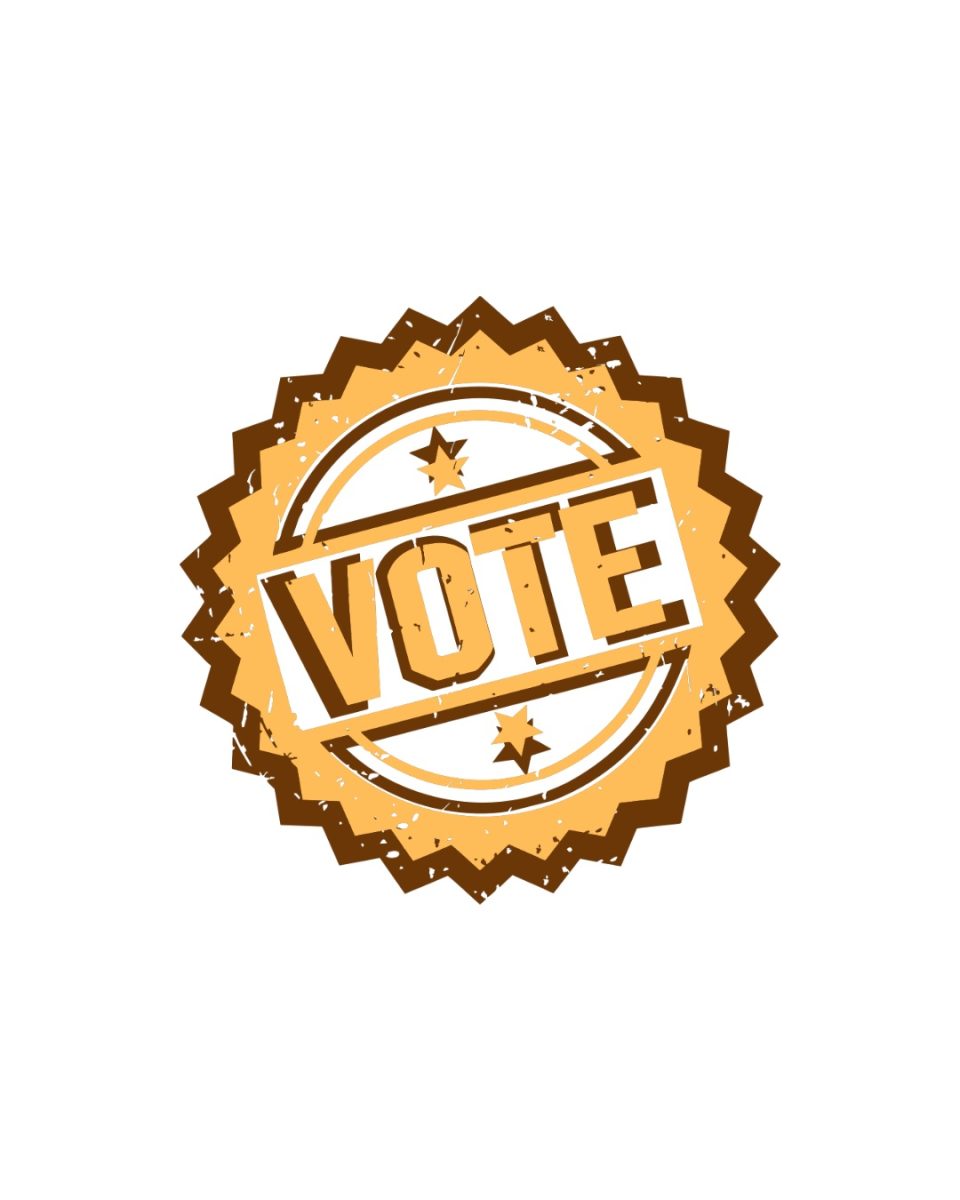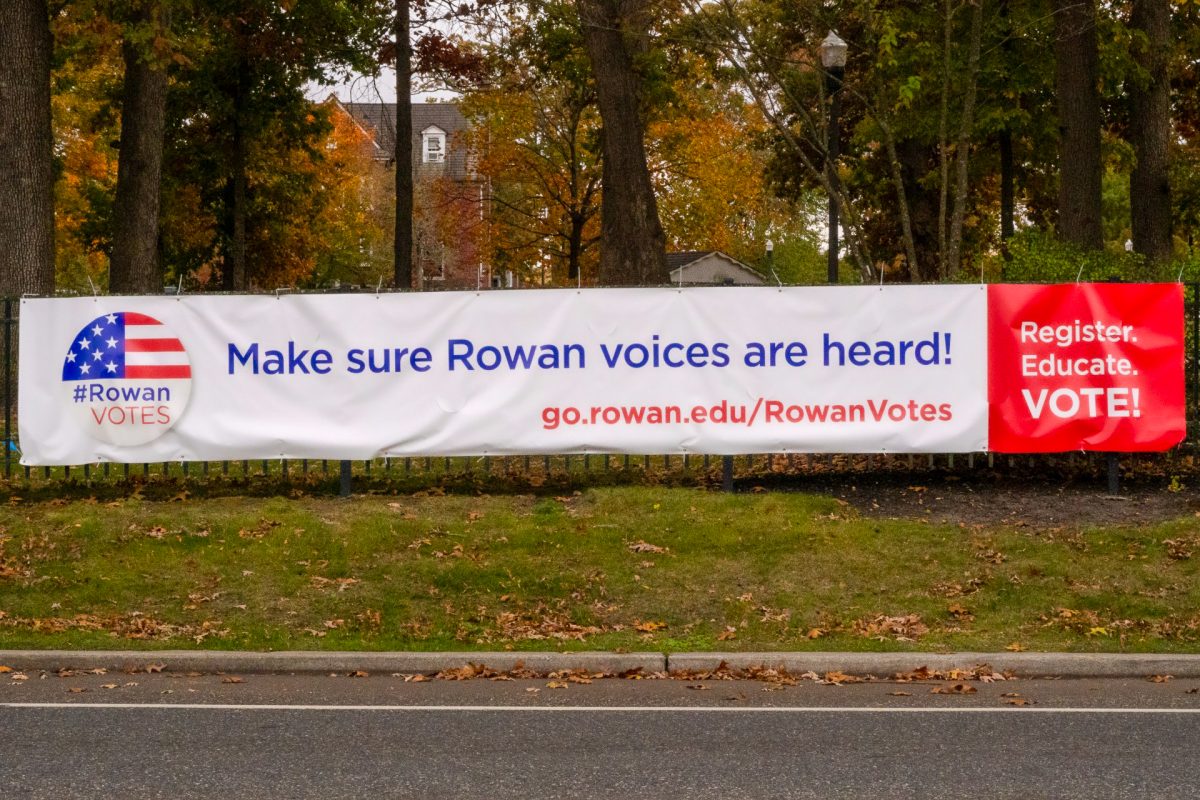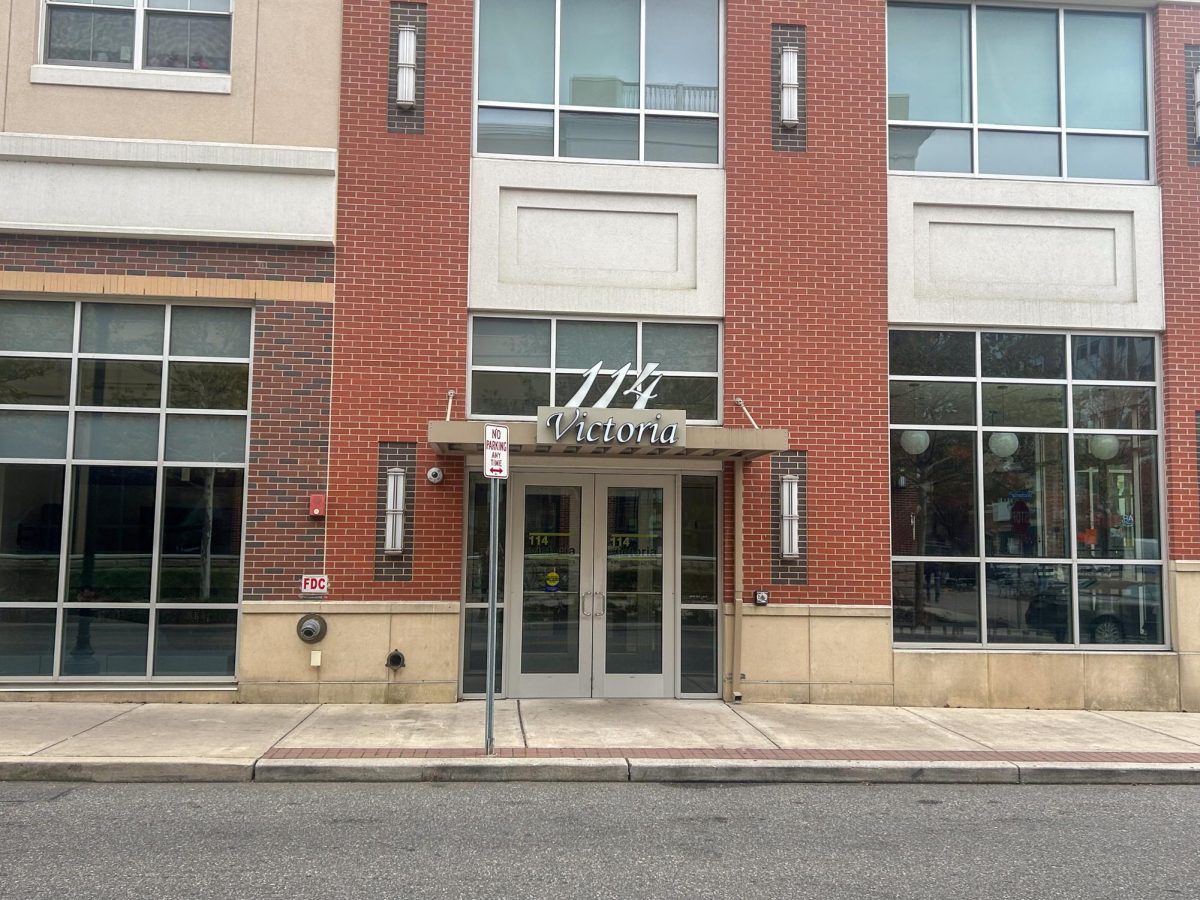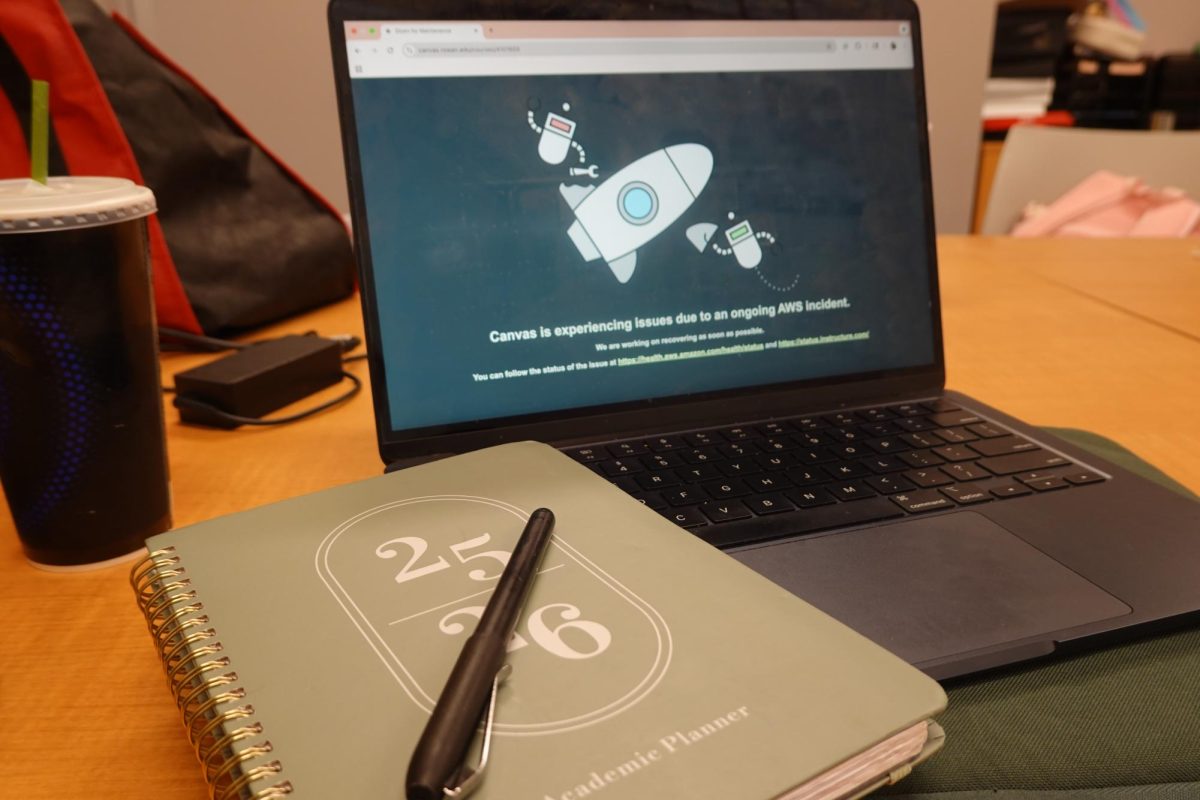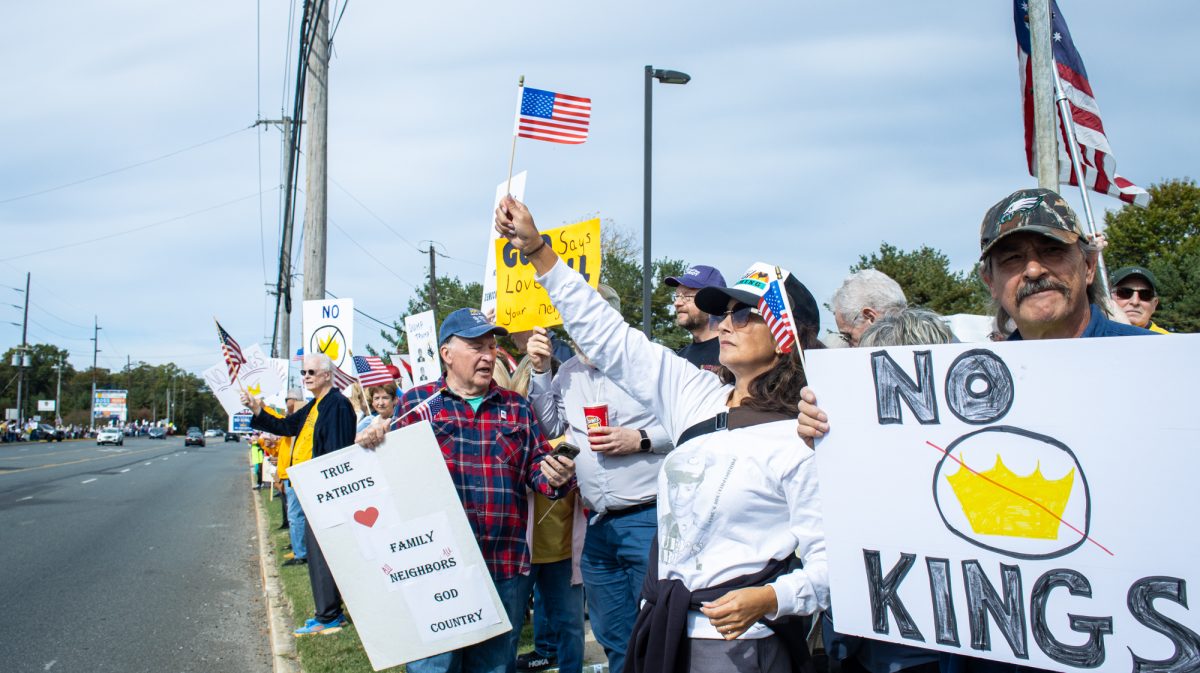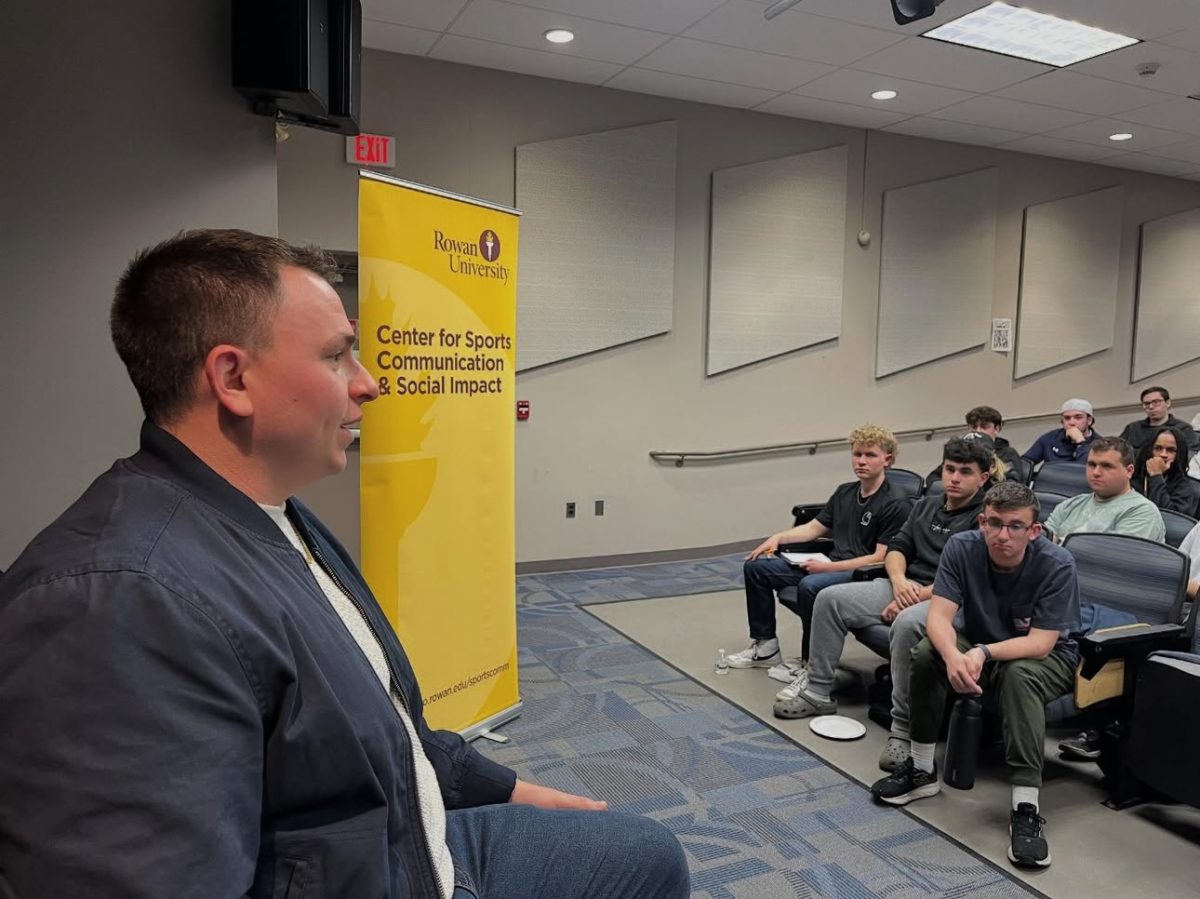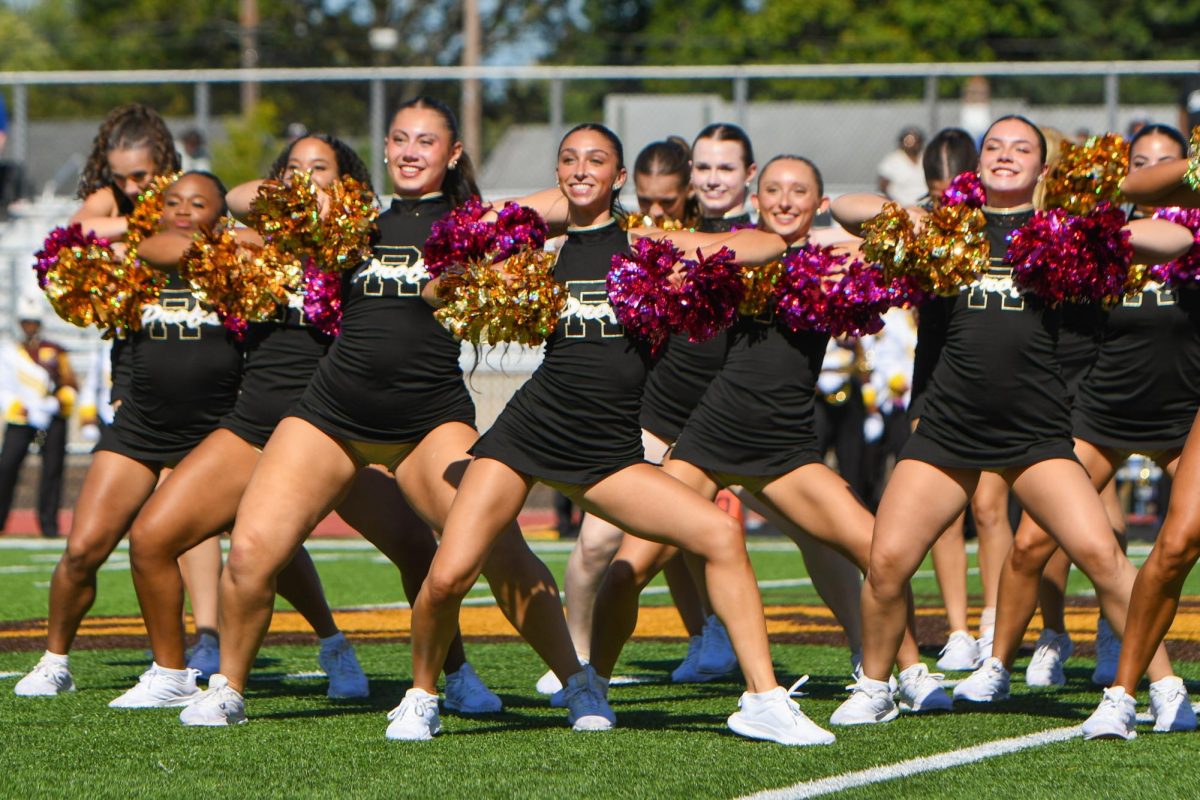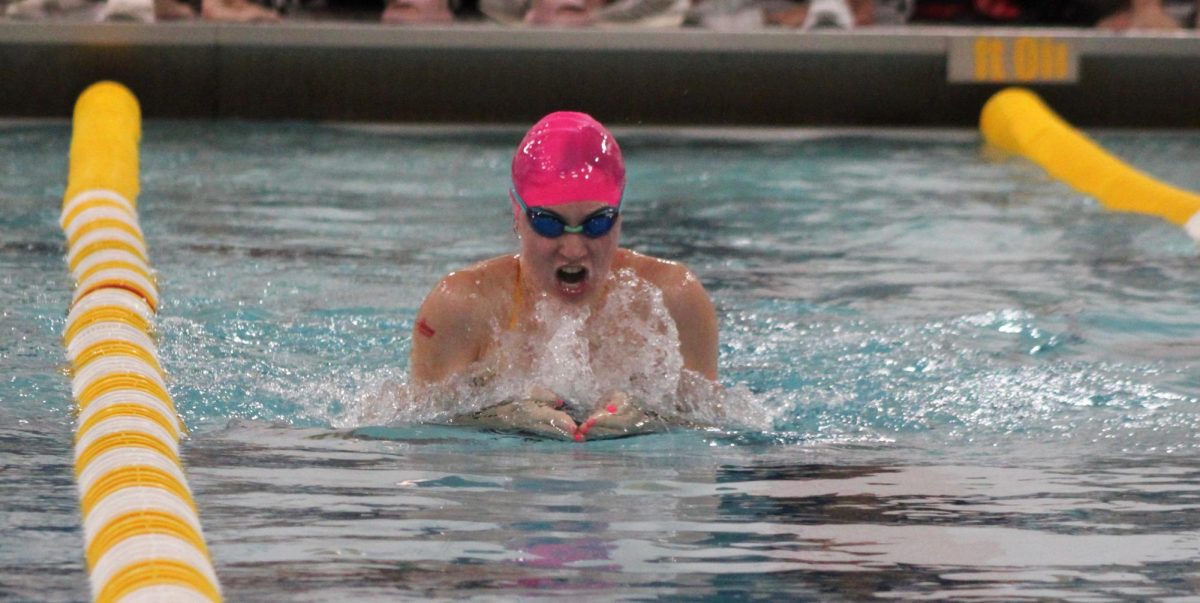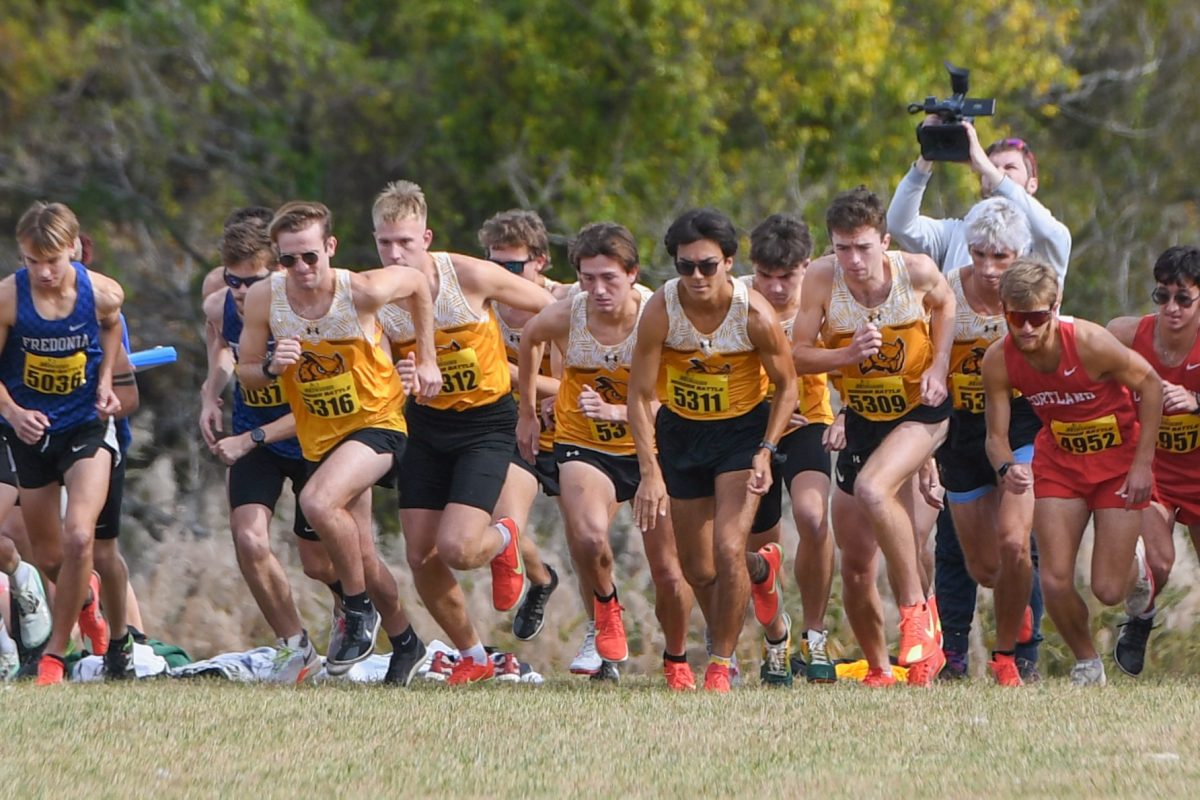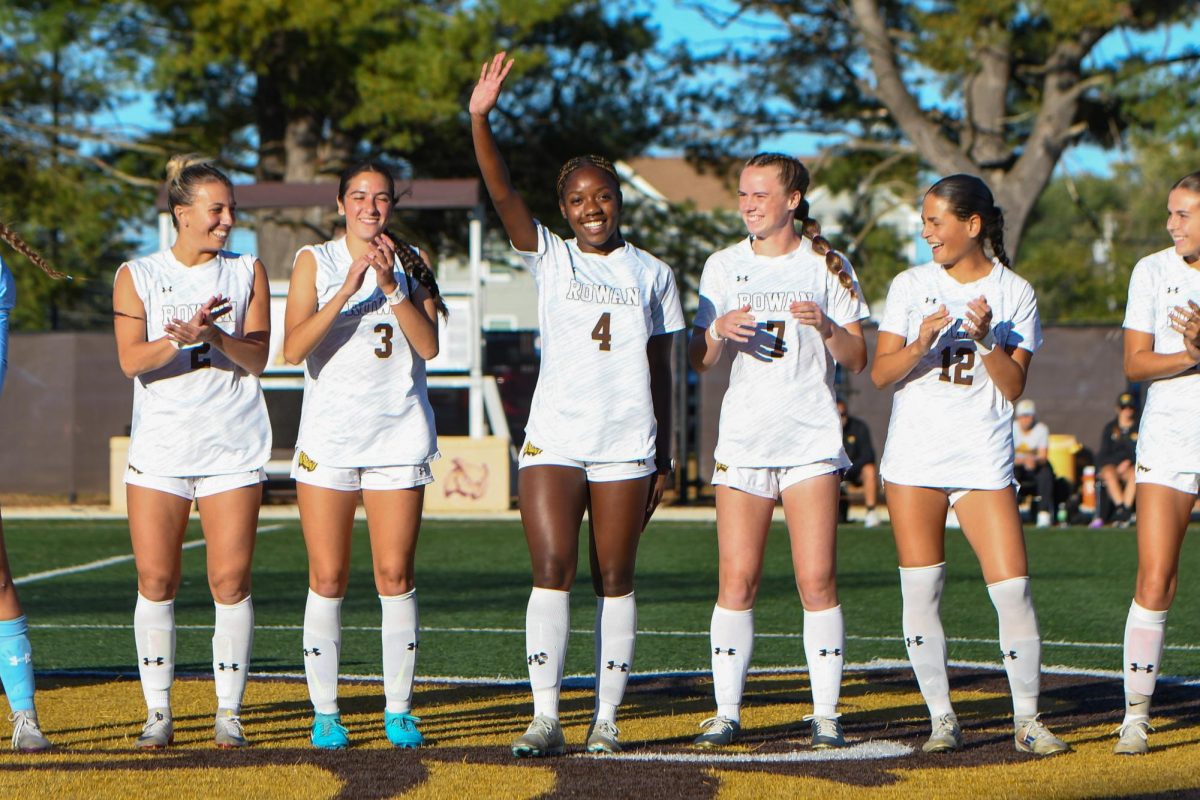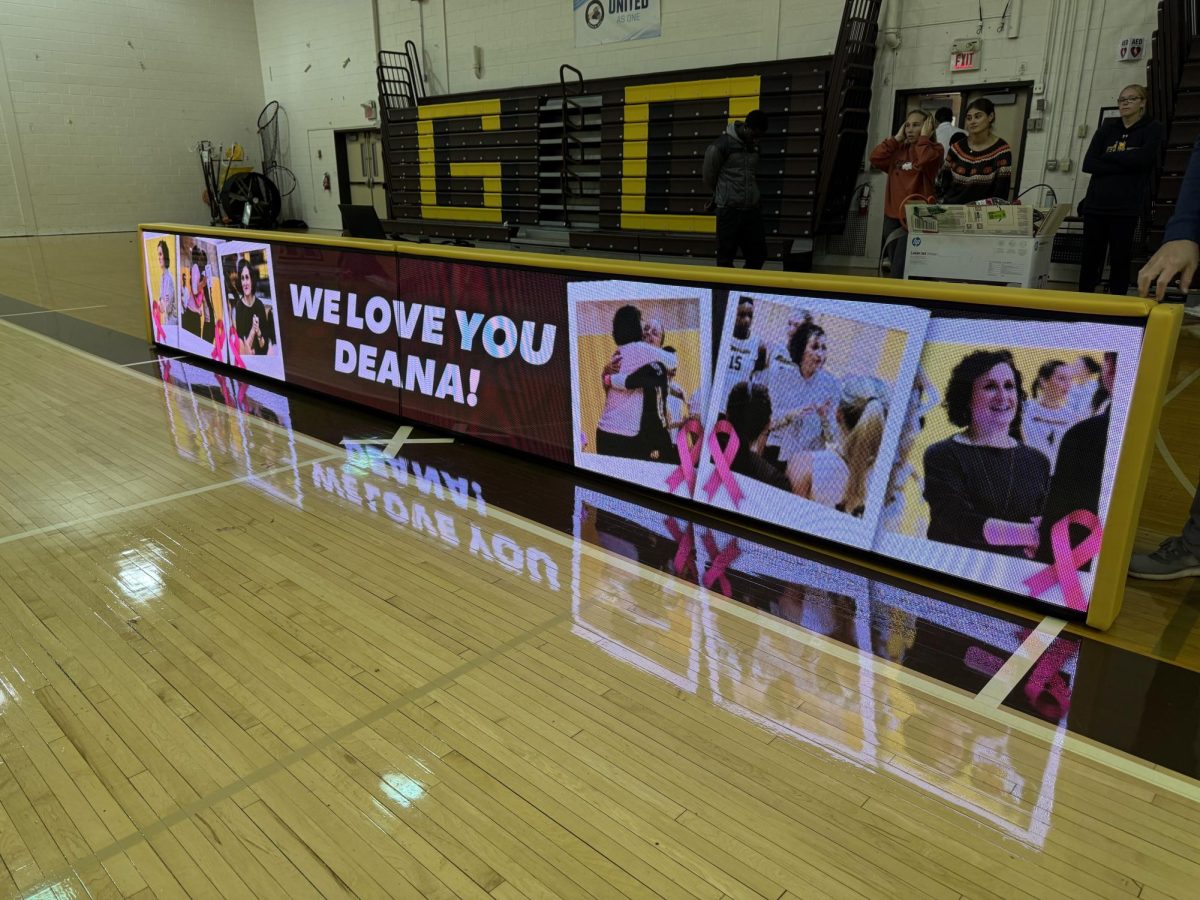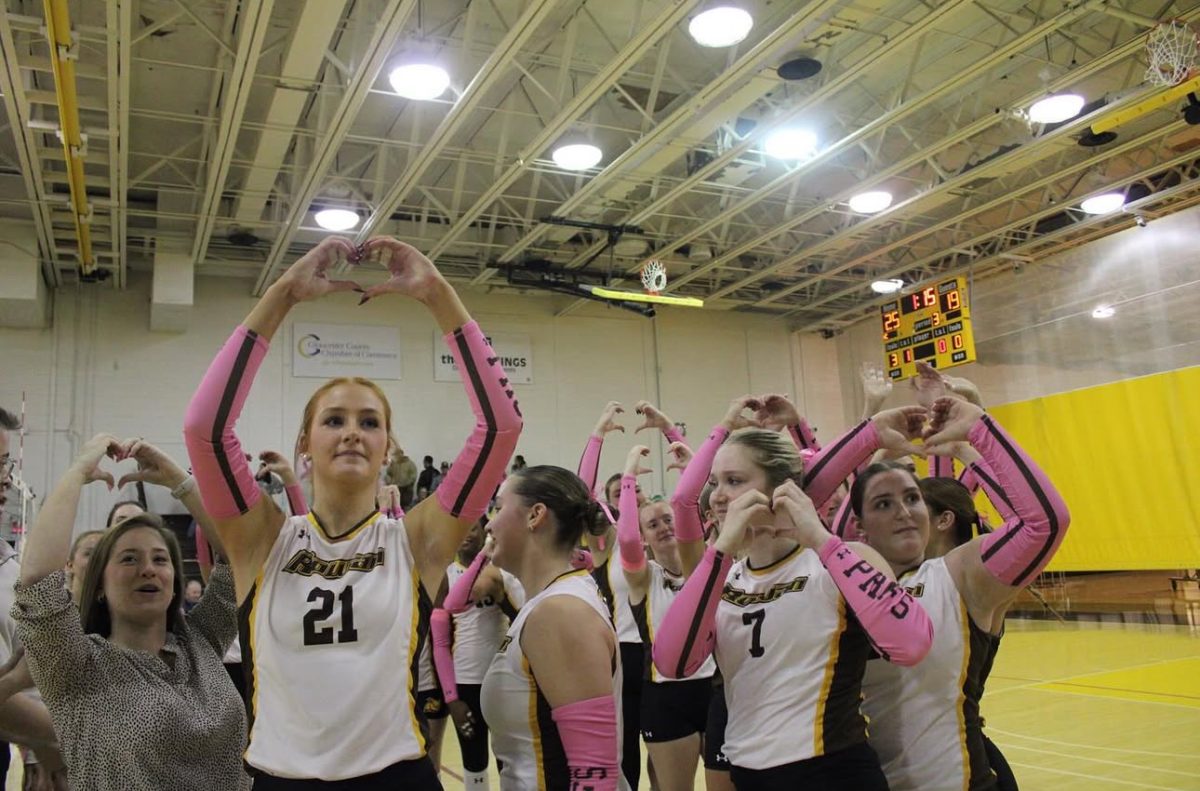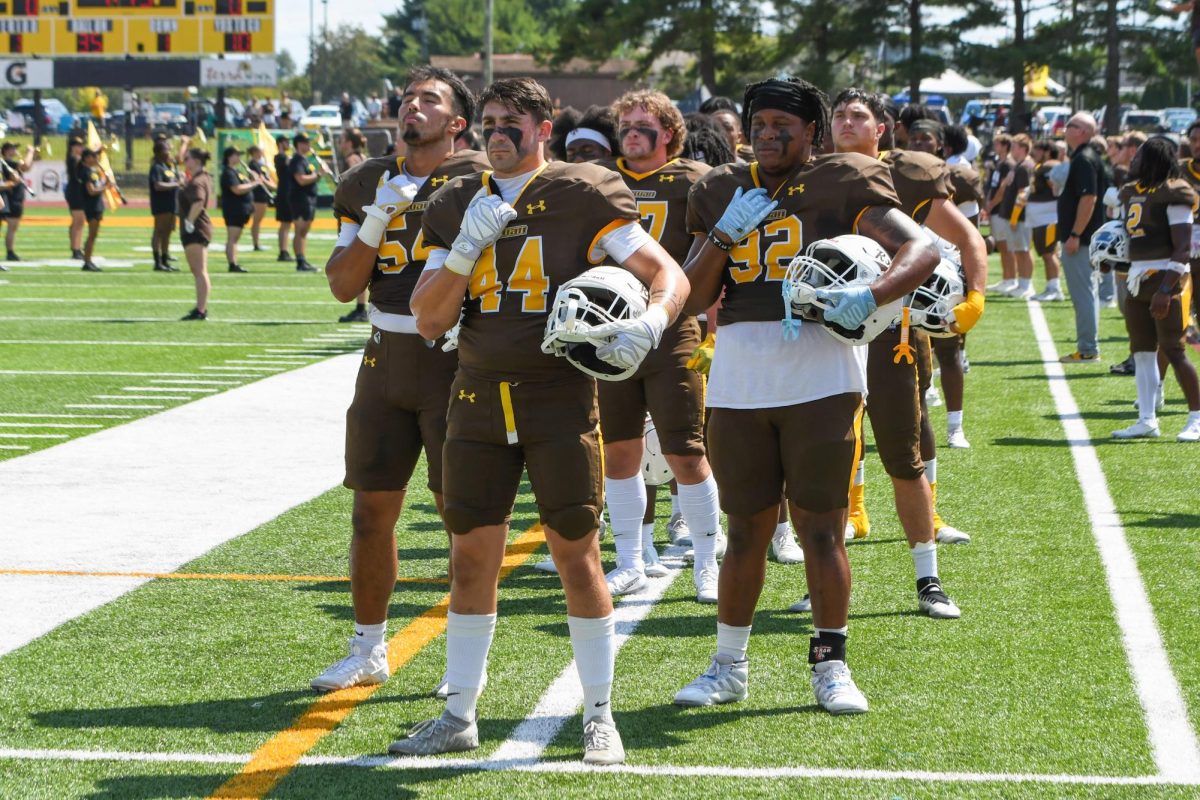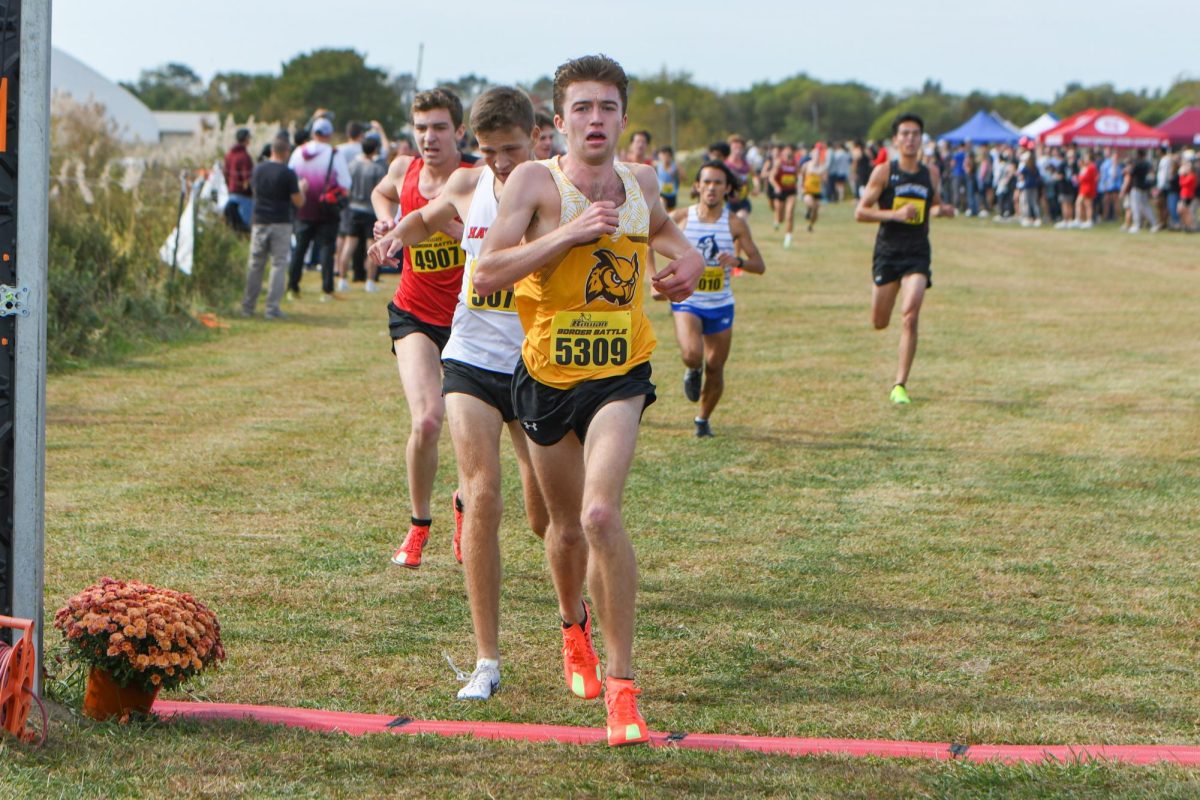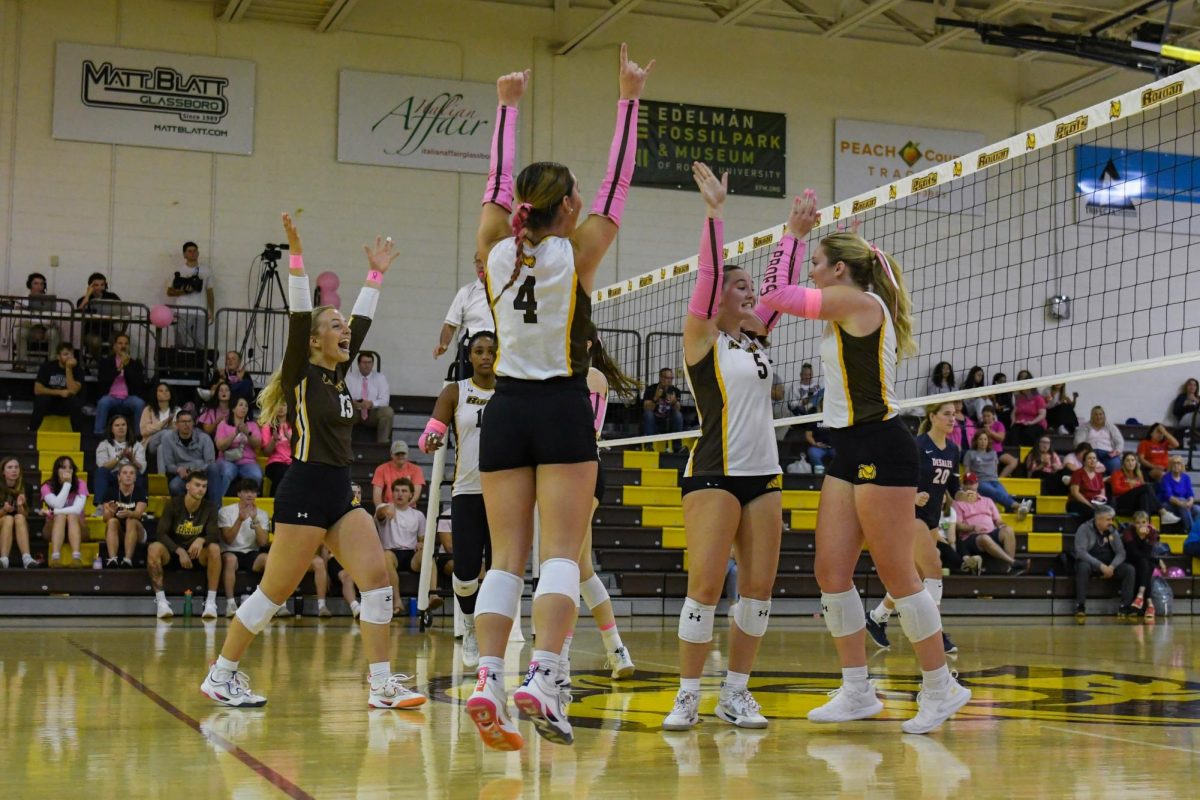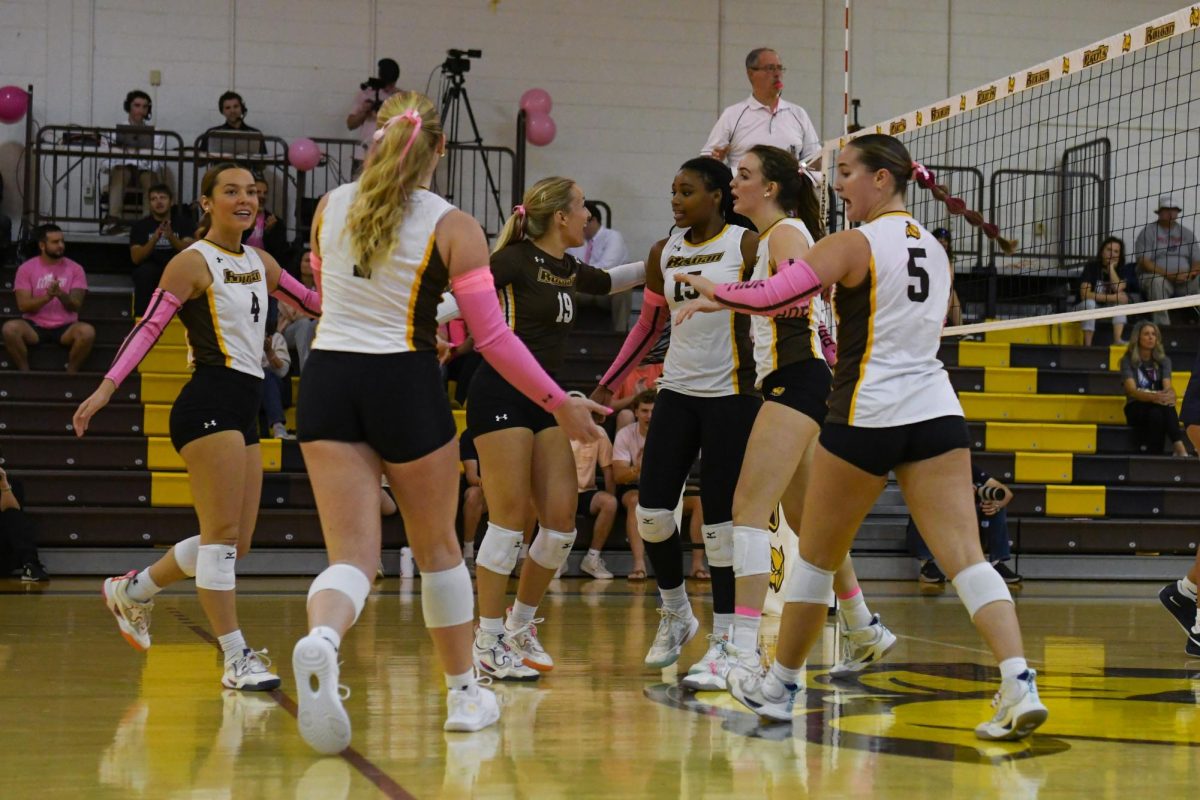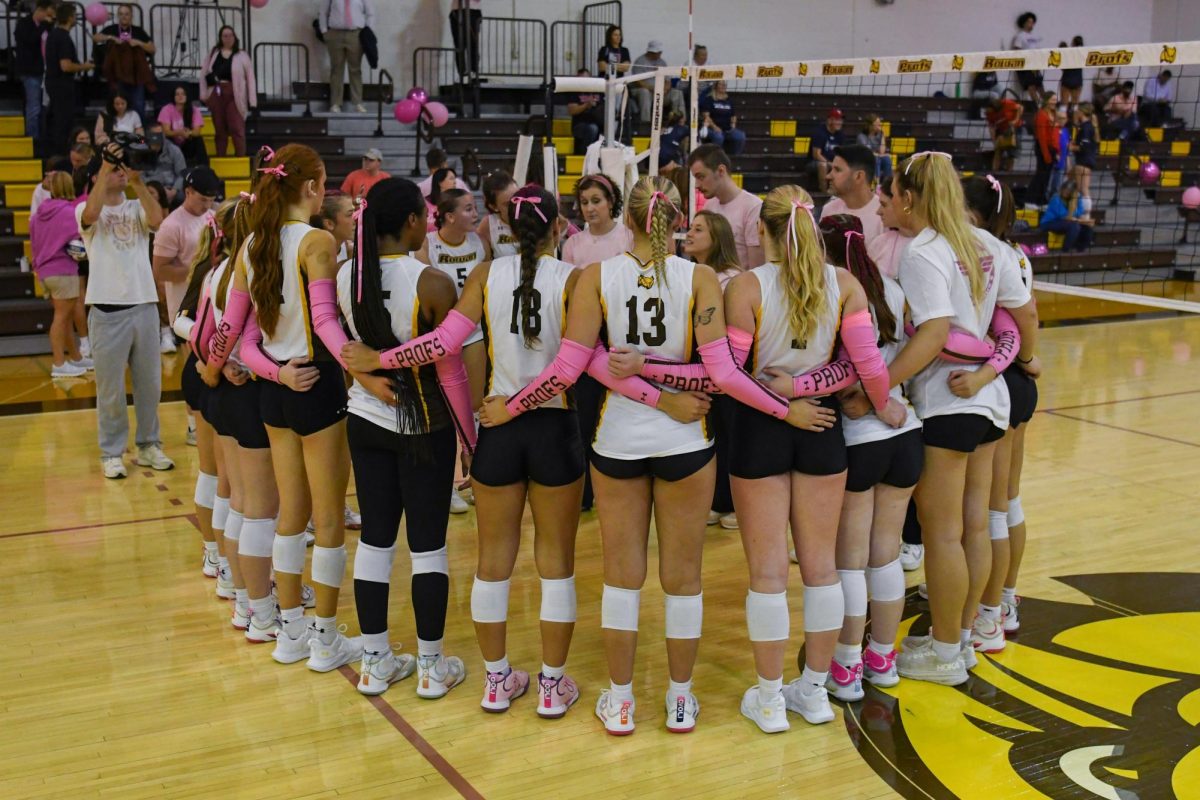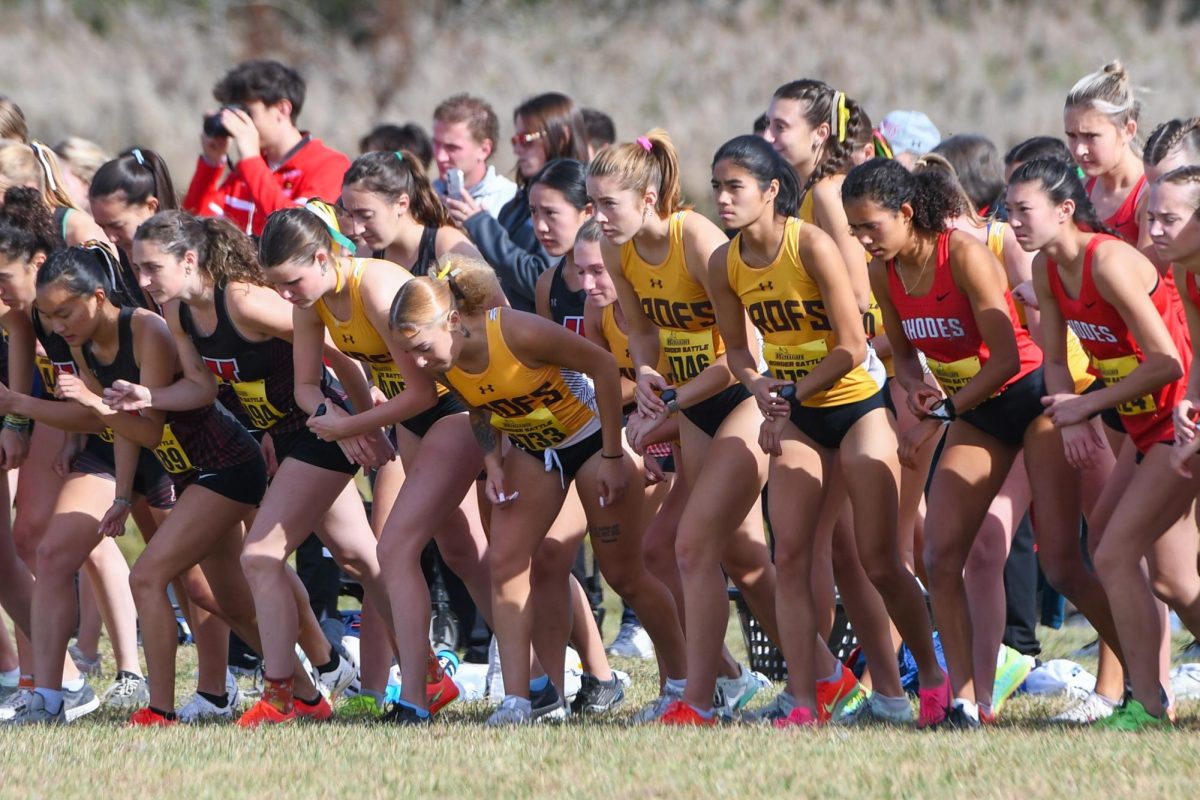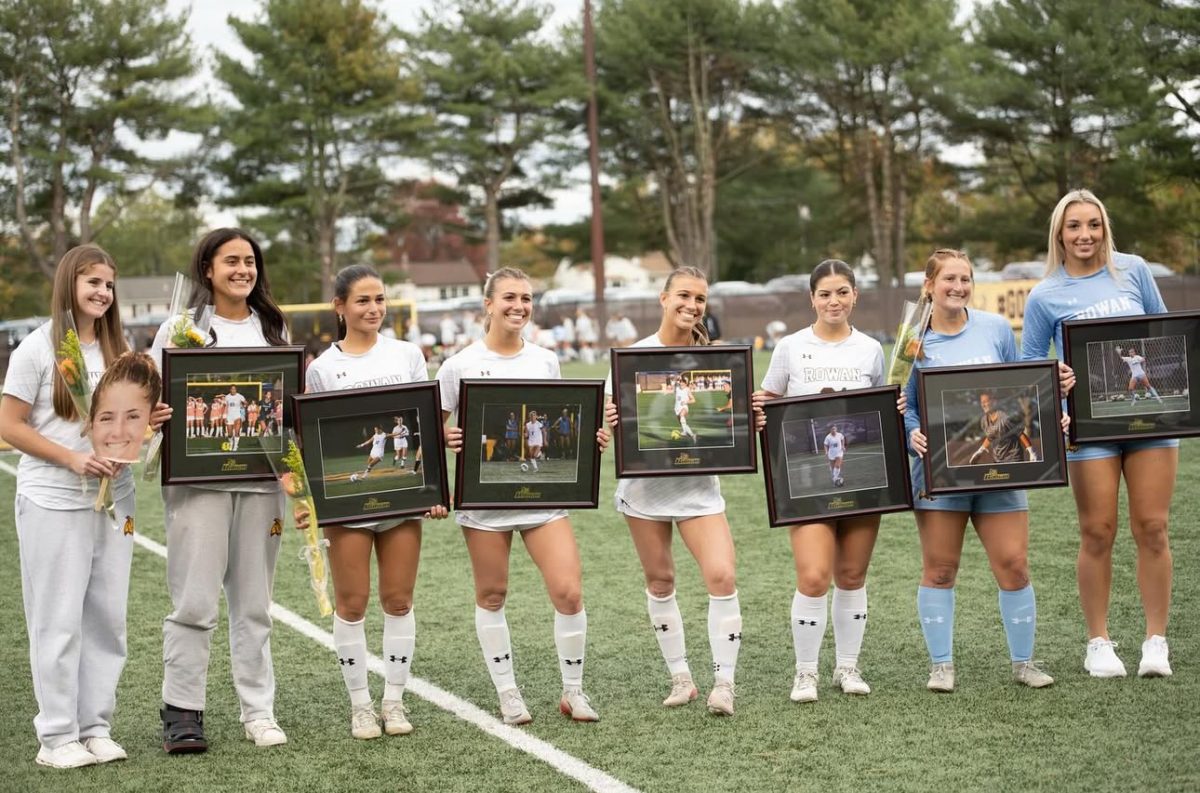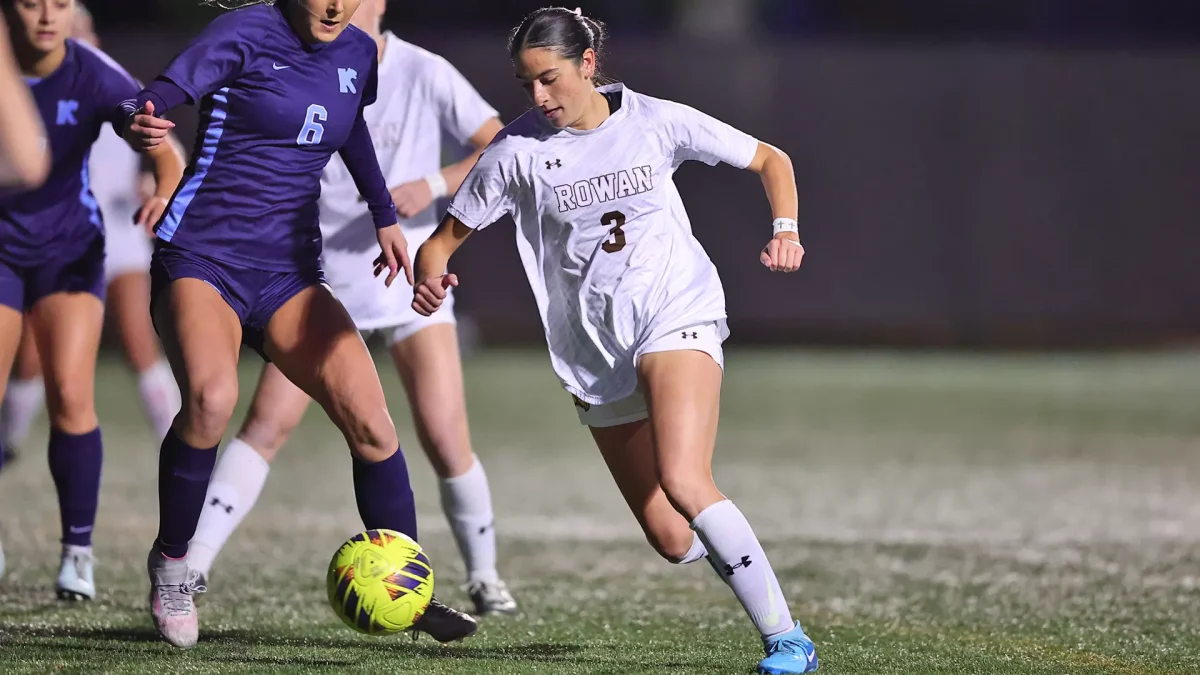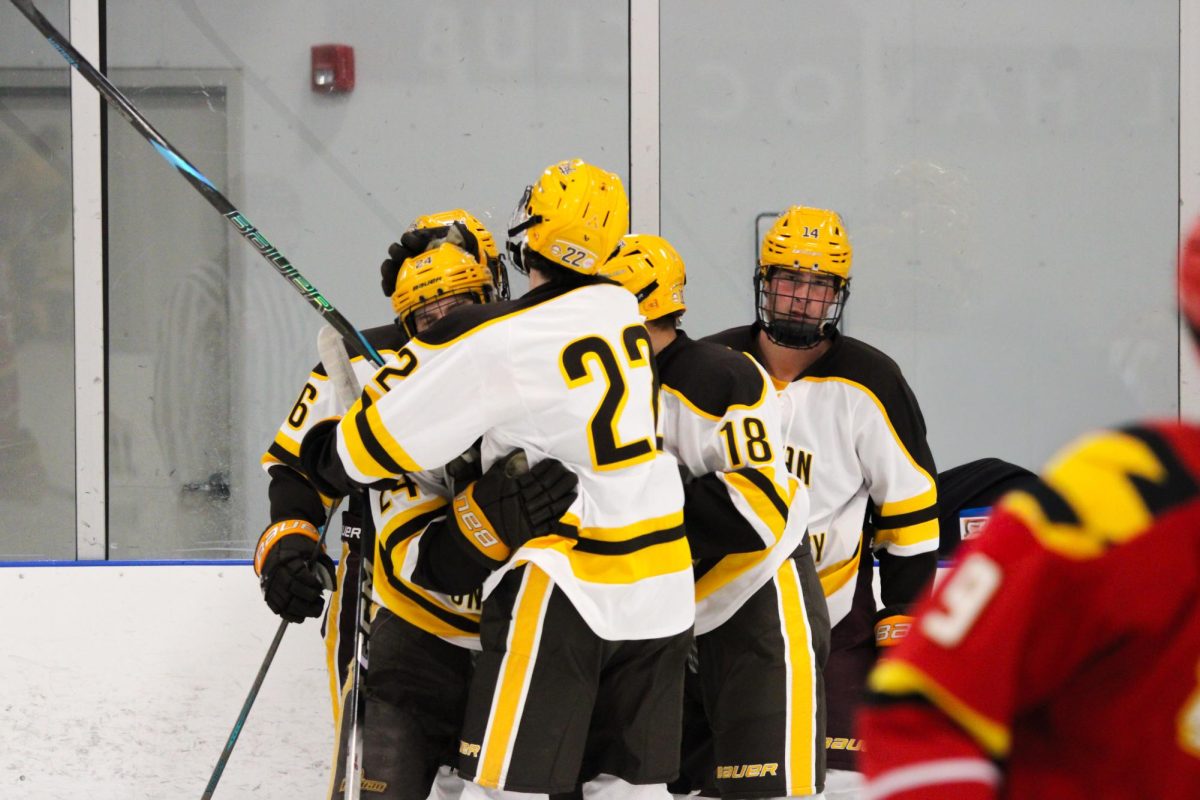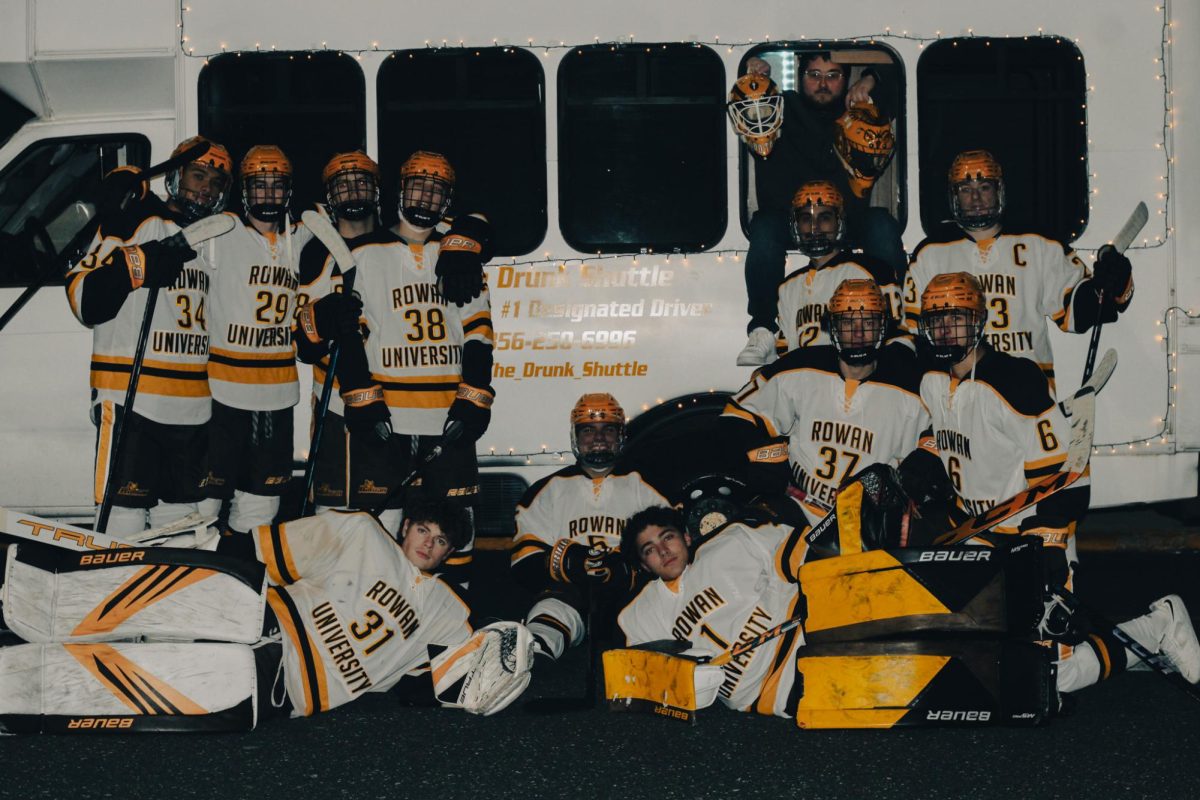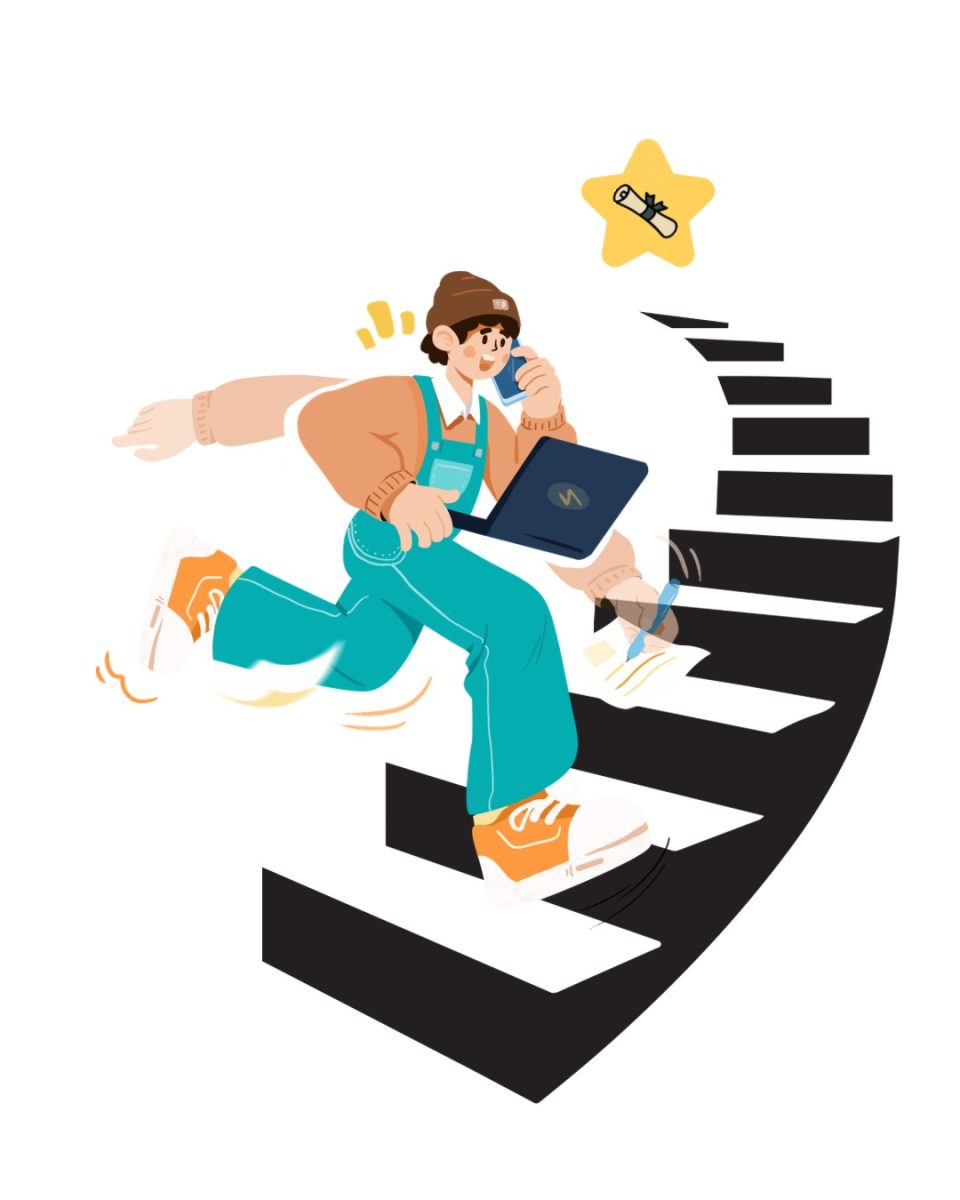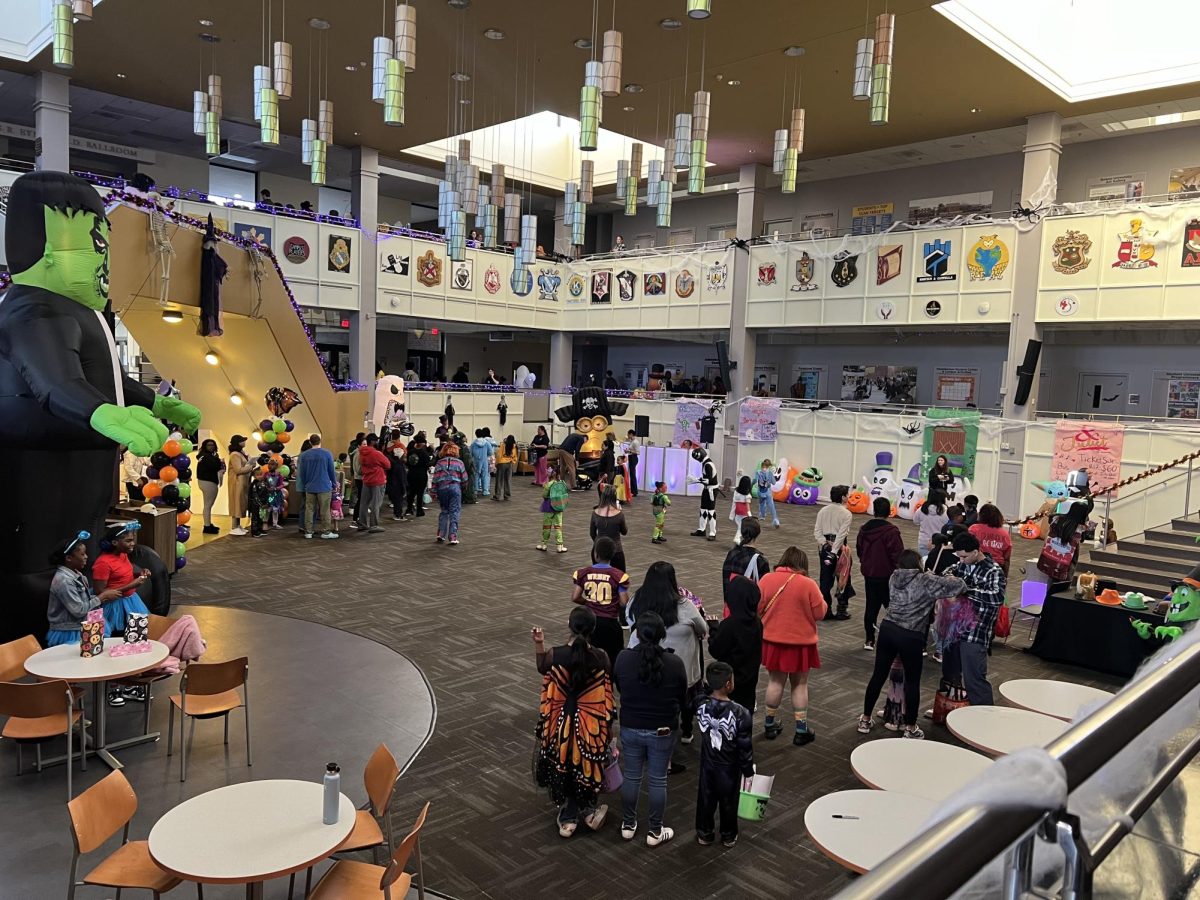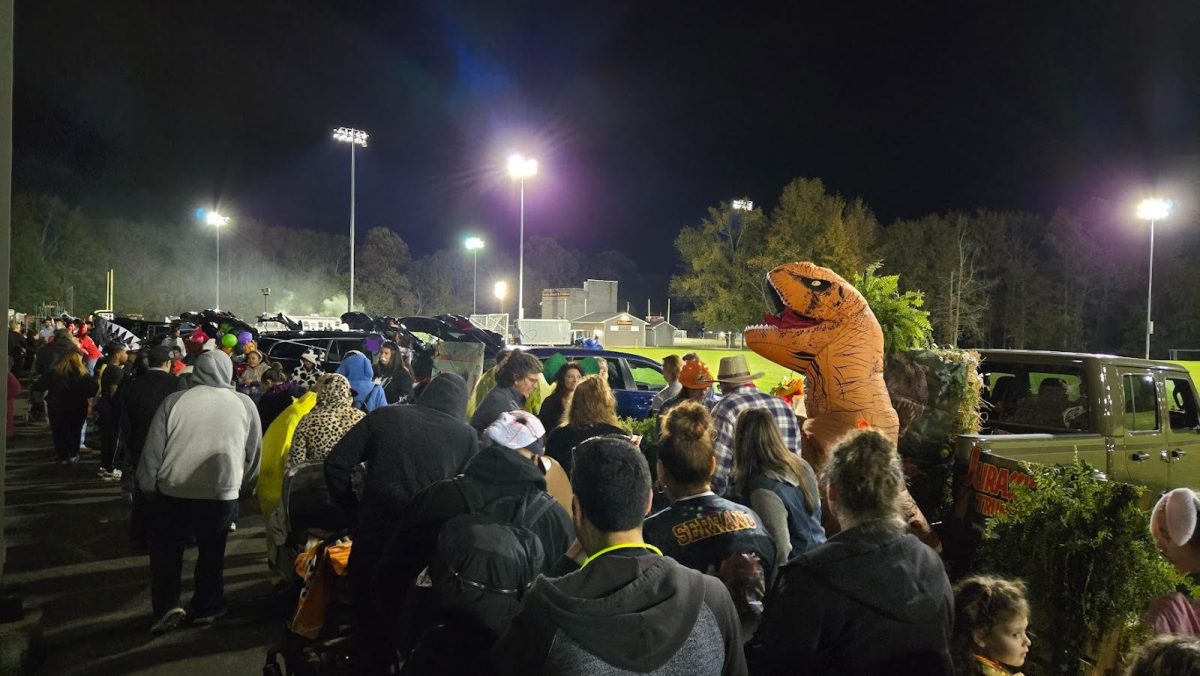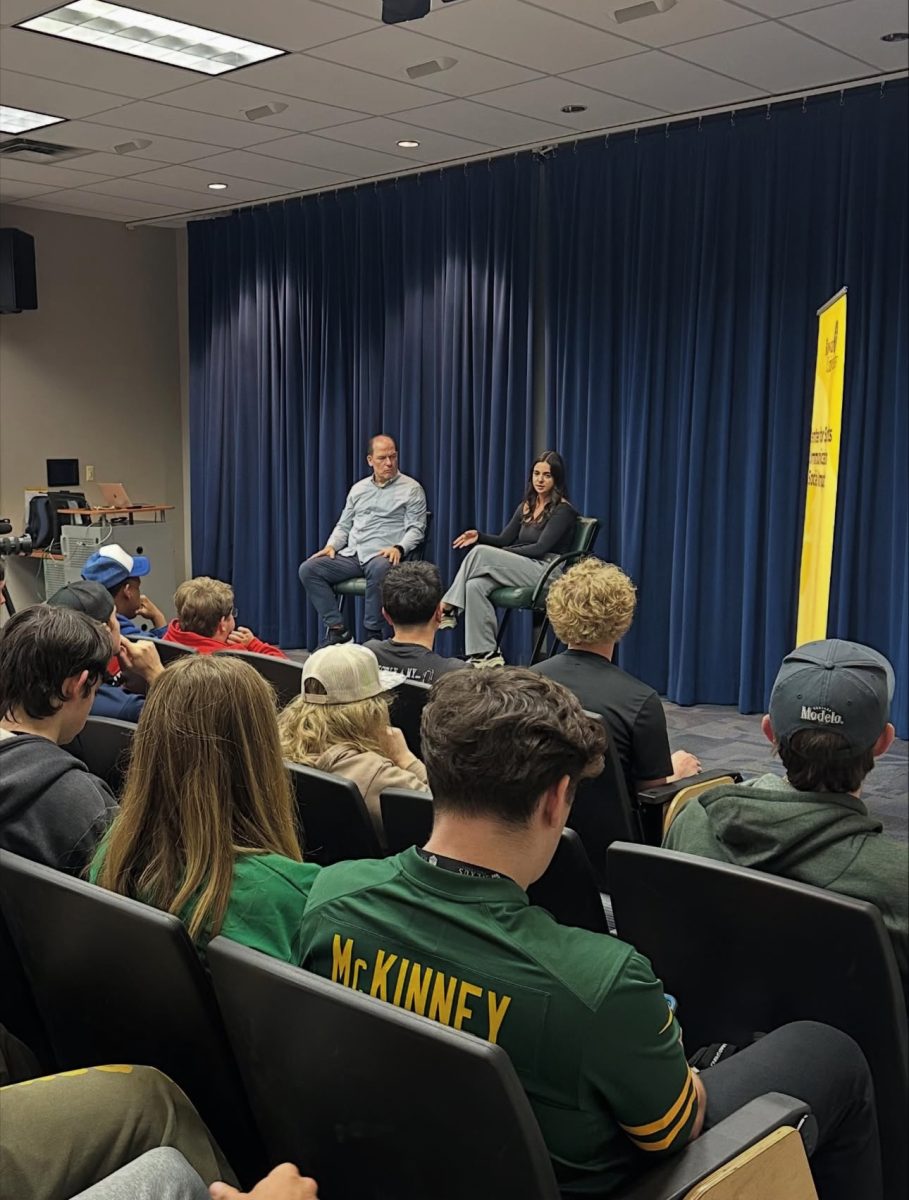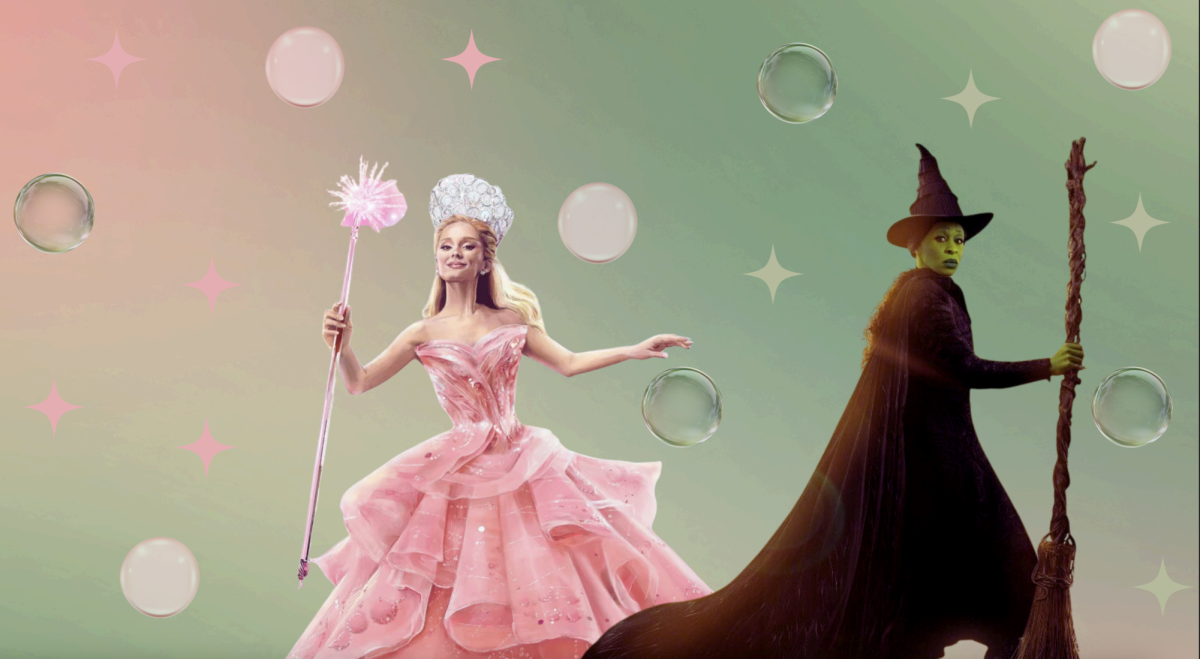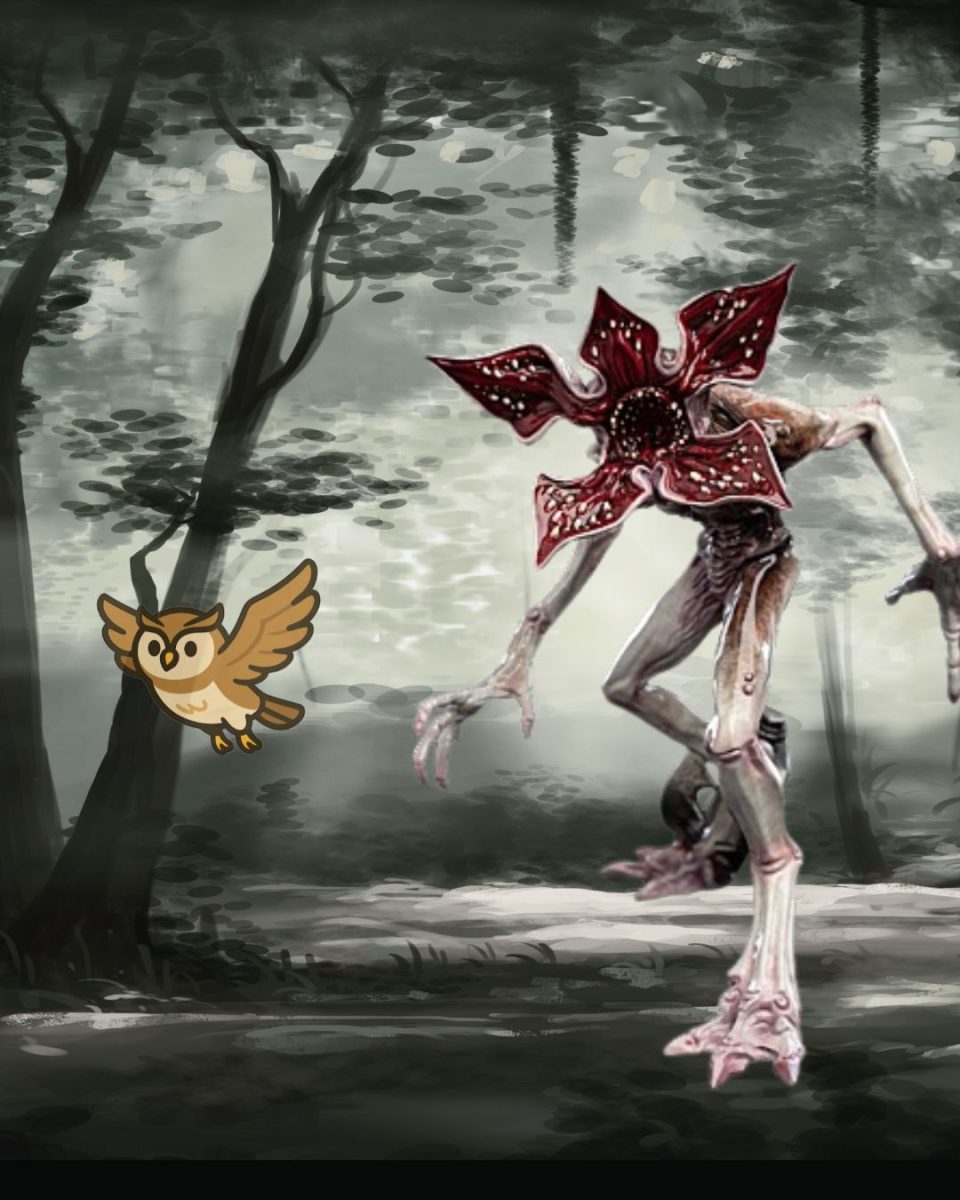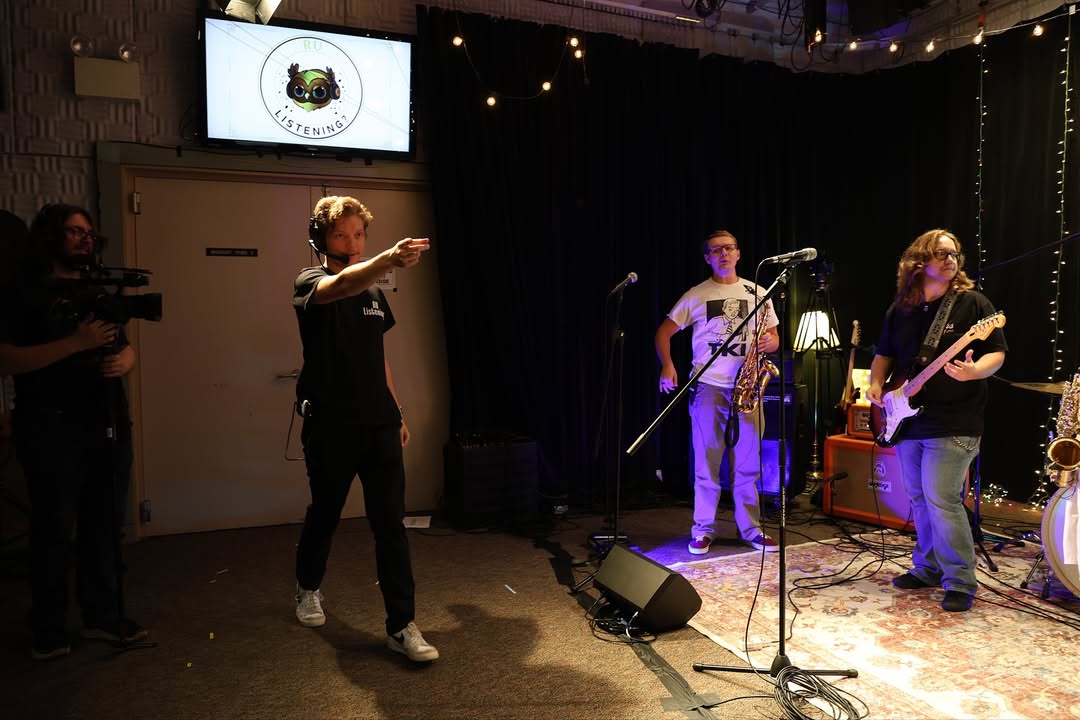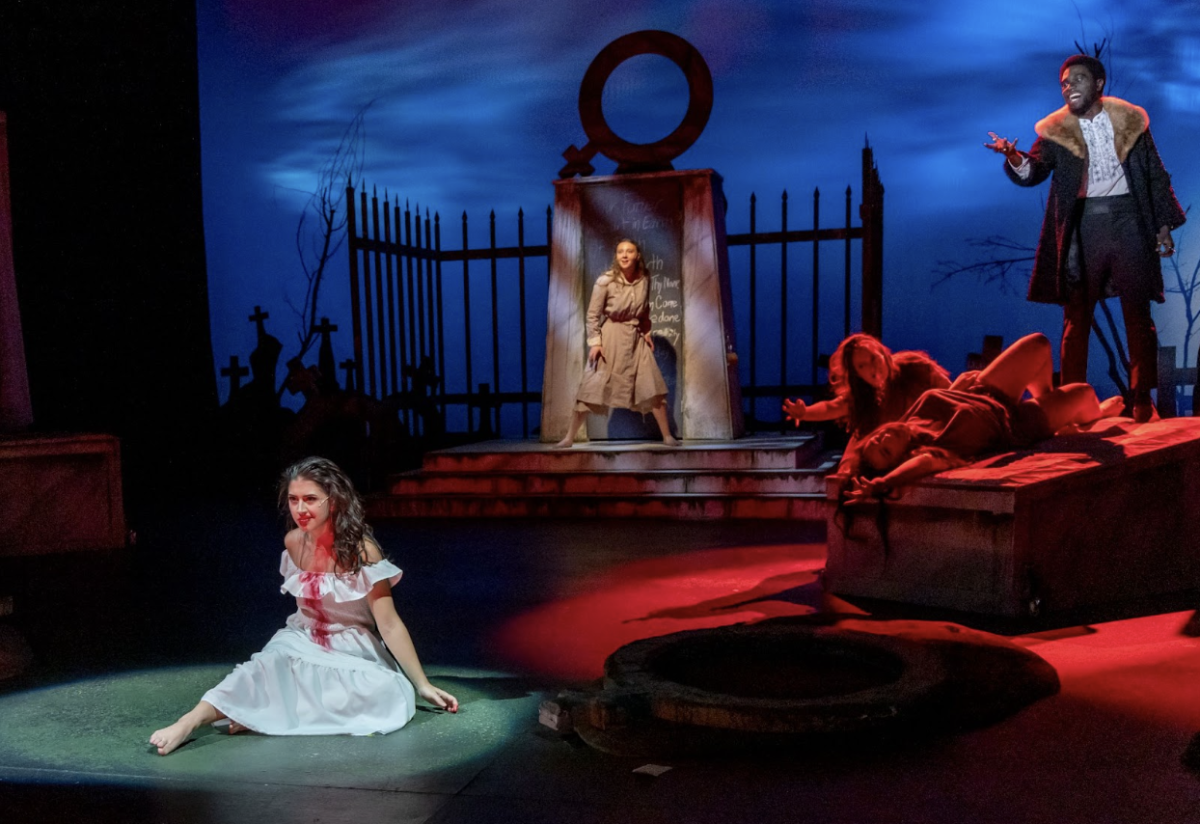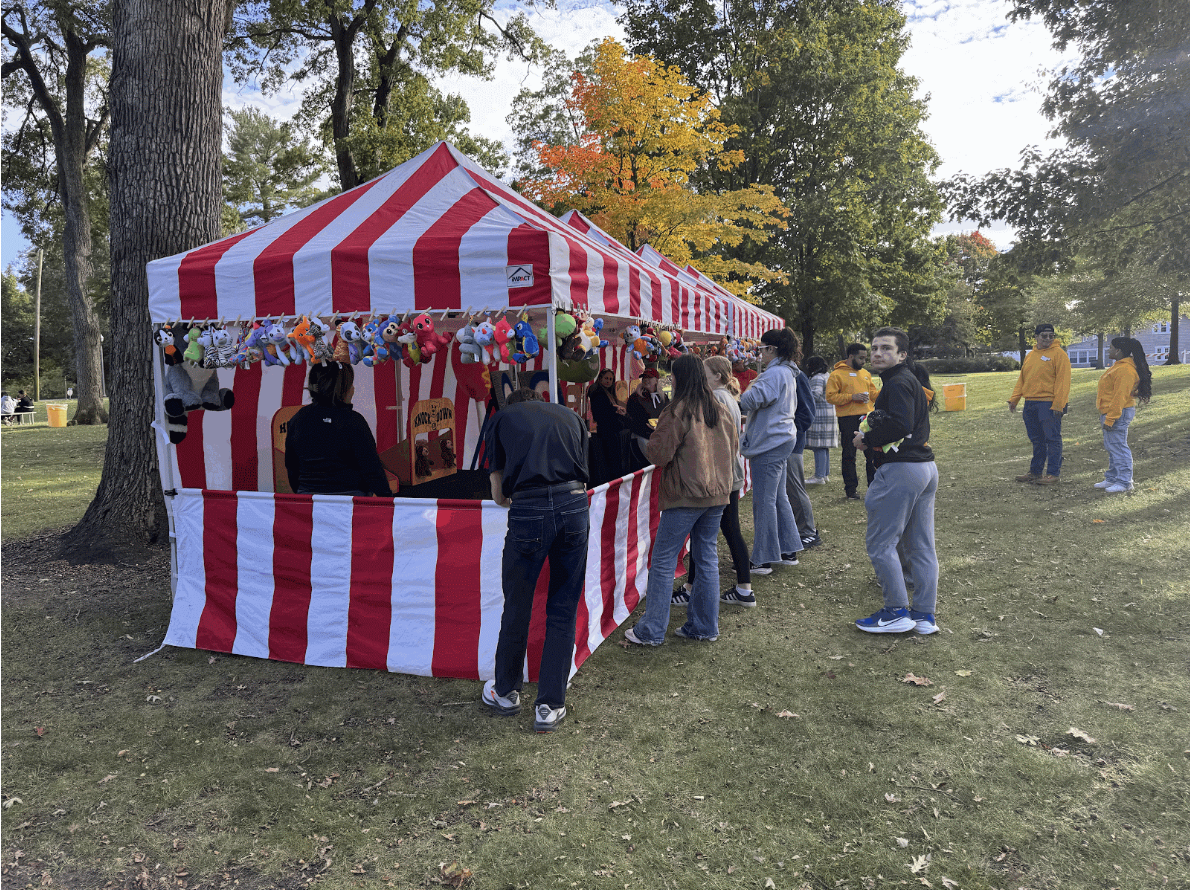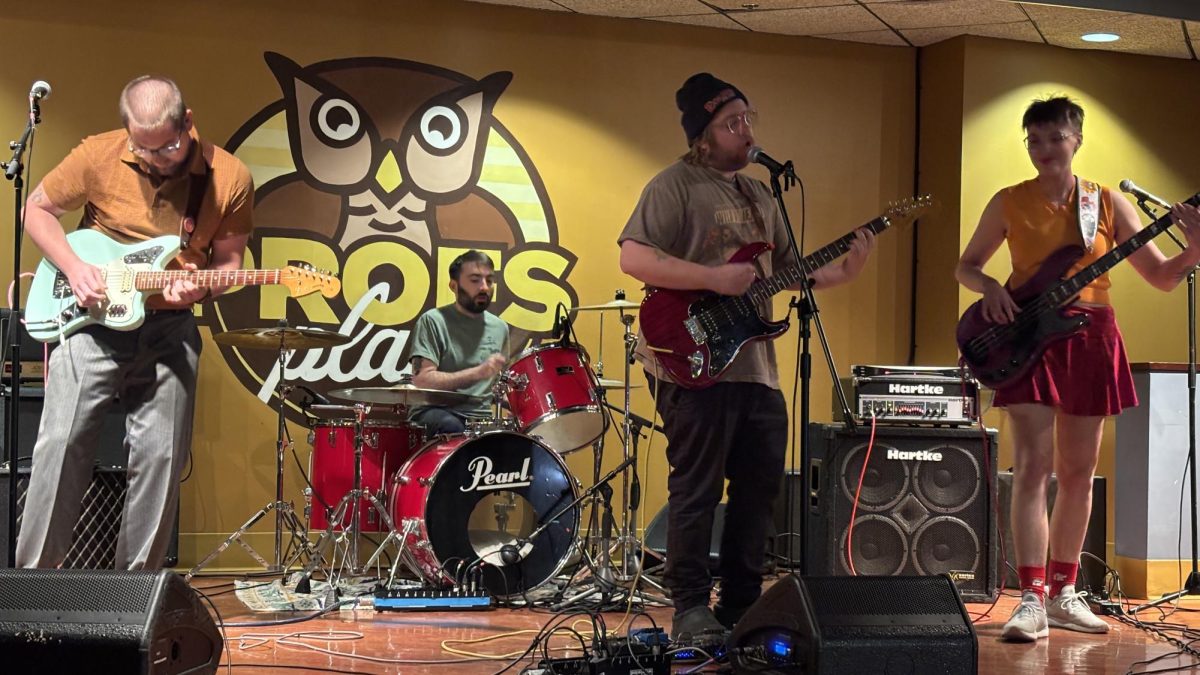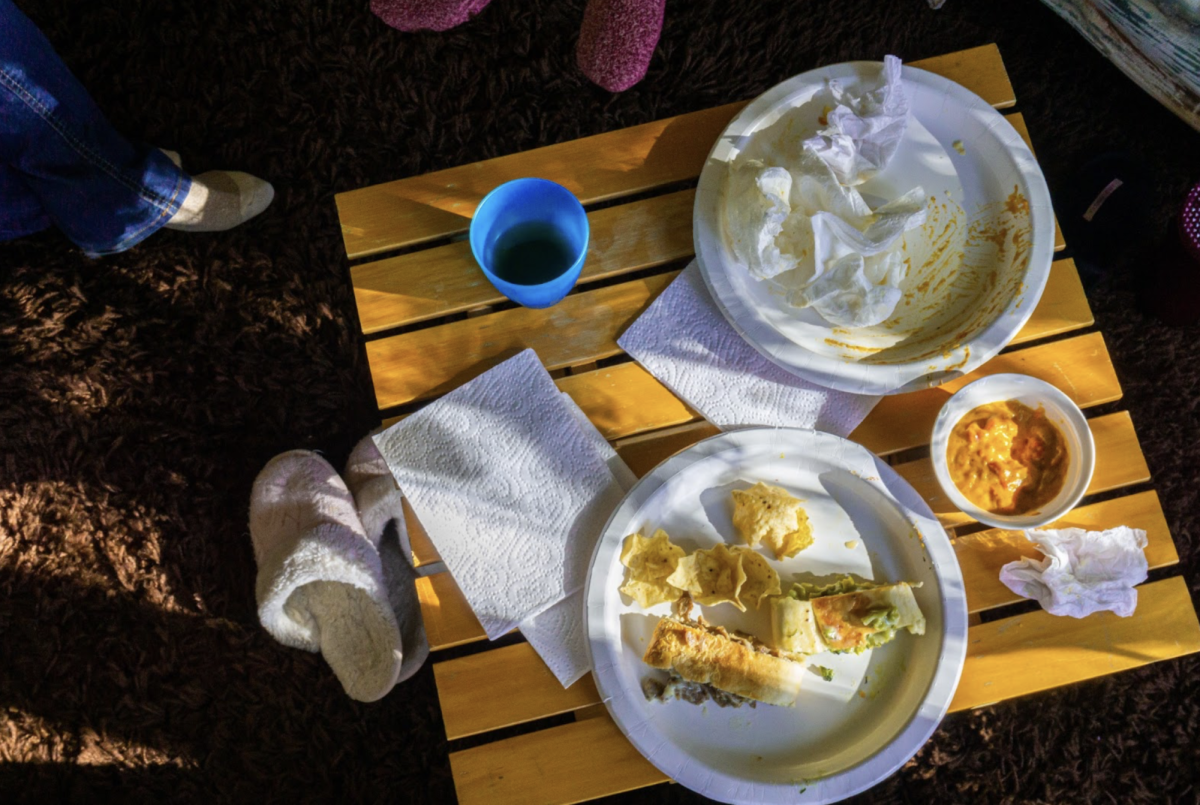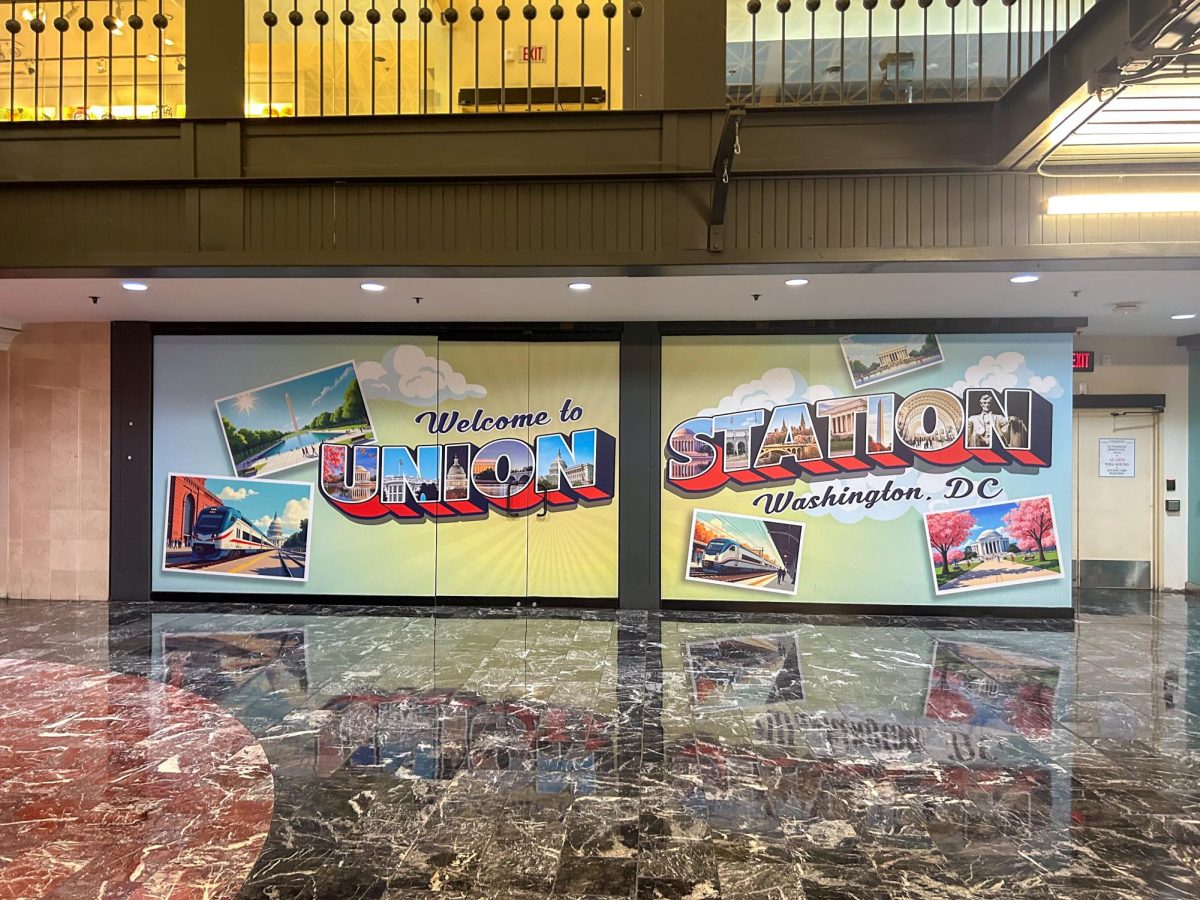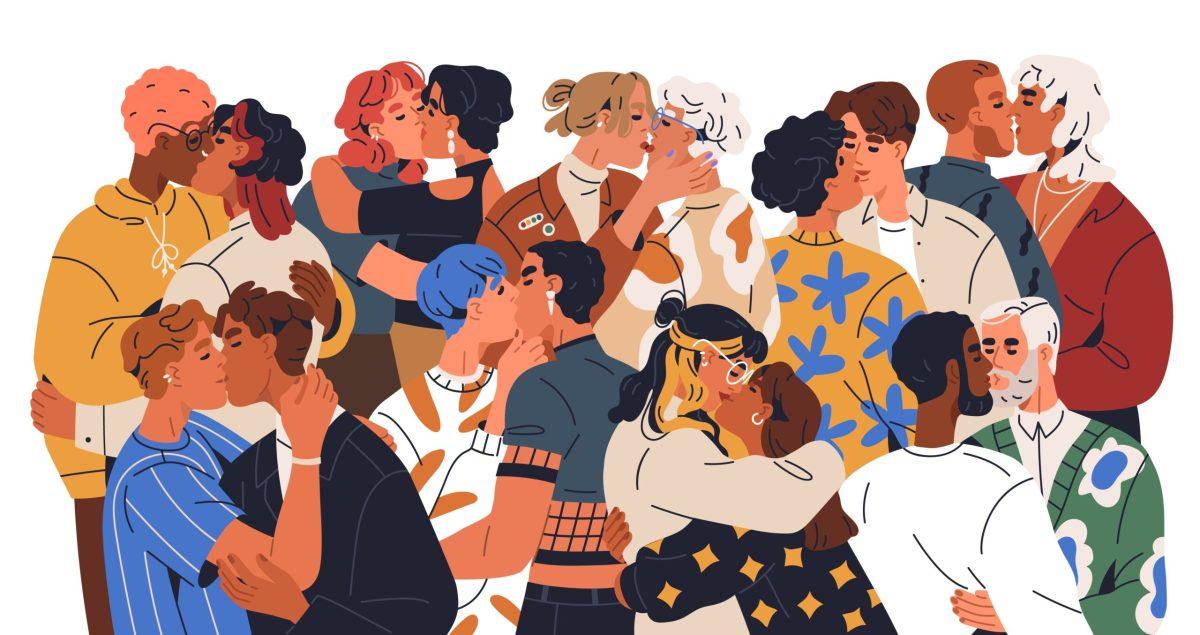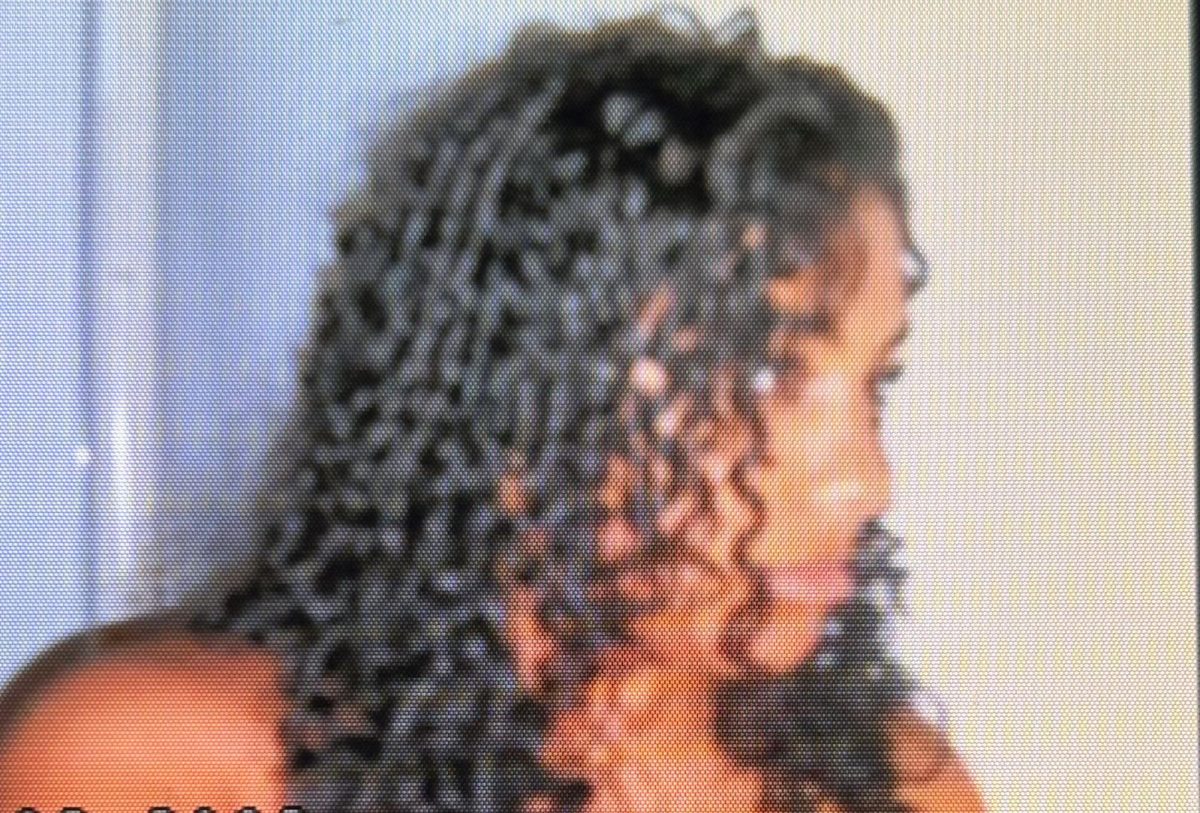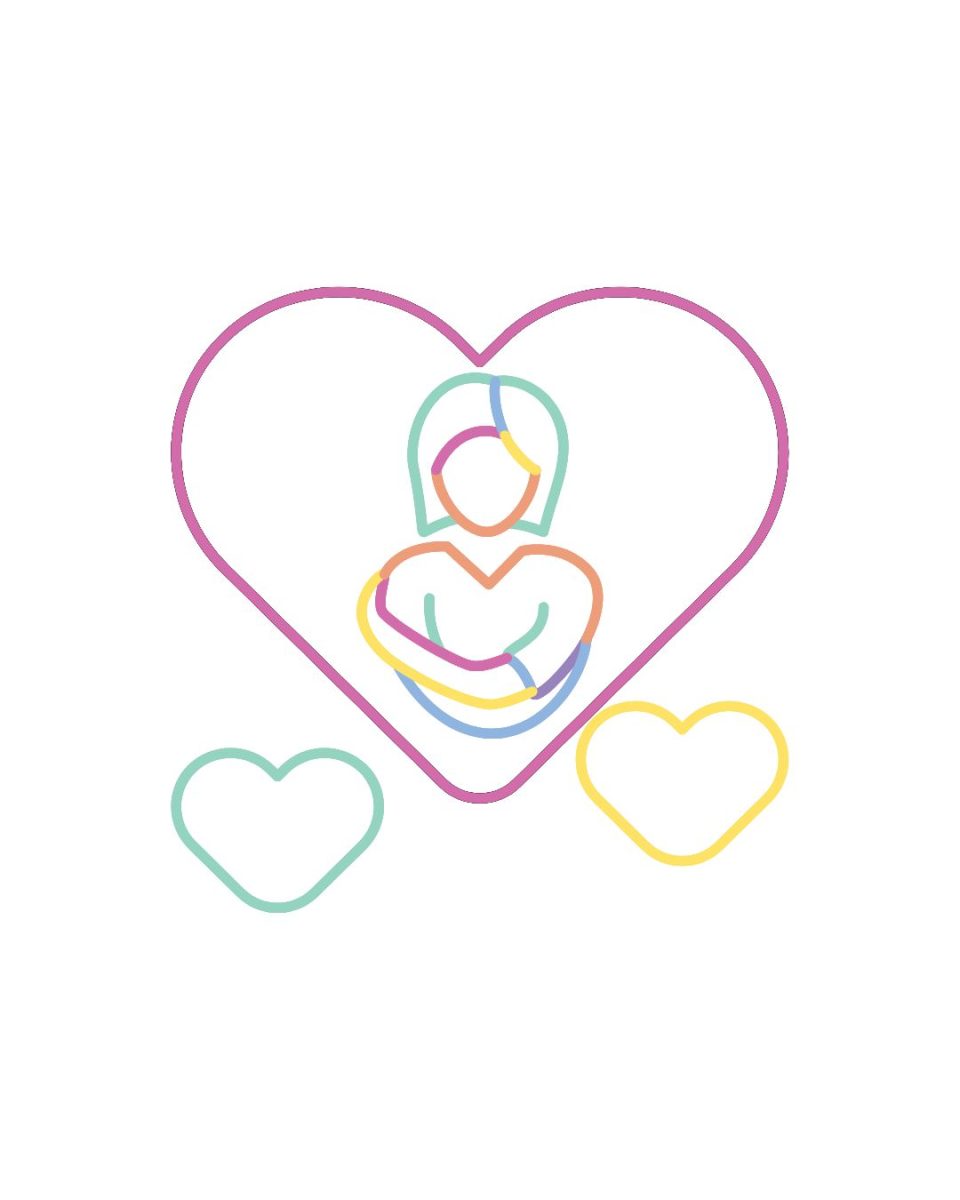I lost my virginity late one chilly autumn night during my sophomore year of college. It wasn’t particularly noteworthy, I won’t go into too much detail. It transpired as many other gay men might have predicted. After a few conversations on Grindr, this guy invited me over to “hang out” one evening. And then it was over, the thing that had been hyped up during my time in elementary, middle, and high school. Afterward, I felt like nothing changed, yet everything changed at the same time.
But later on, that night when I woke my best friend from home at 2 a.m. to tell her I popped my cherry, her reaction was one that I didn’t expect. It was a reaction of confusion and surprise. And I remember her words almost exactly. “Oh, I thought you said you wanted to wait to be in a relationship when losing your virginity.”
I stopped when she told me that because it was something that ought to have been obvious for a while. For years, my friend and I had convinced ourselves that we intended to give up our virginity to someone we were in a relationship with. That wish came quite naturally to my friend. At the time, her closest friend turned into her partner, and they currently live together with his parents. In certain ways, their relationship embodied the ideal tale of friends-to-lovers. However, I continued to wait.
In the ever-evolving landscape of gay culture, the dynamics of serious, romantic relationships among men have undergone a seismic shift. Historically, gay men grappled with the imperative to keep their love lives clandestine, especially during the AIDS pandemic in the ’80s, when the cultural stigma surrounding the disease cast a shadow over the community. Even in the ’90s, despite increasing queer visibility in mainstream media, gay men faced demonization from religious lobbying groups, hindering the acceptance of queer relationships.
It was only during Obama’s second term, roughly eight years ago, that gay marriage became legal, marking a significant milestone in the journey to full societal acceptance. The prevailing narrative throughout history has been one of otherness, compounding personal and societal shame for many gay men. However, the emergence of hookup culture, while not inherently detrimental, raises crucial questions about its impact, particularly on younger users.
The digital realm, where relationships are initiated and nurtured, has unfortunately become a breeding ground for grooming and other potential harms—a deeply concerning issue that demands attention. The normalization of significant age gaps between users on these platforms raises a red flag. While legality may not be in question, the ethical considerations surrounding older individuals pursuing barely legal teenagers demand scrutiny. The very notion of a 30-year-old or older engaging in sexual pursuits with an 18-year-old elicits discomfort and prompts reflection on the values perpetuated within gay culture.
In a world where heteronormativity persists, individuals often resort to unhealthy coping mechanisms to grapple with repressed sexuality and associated traumas. Regrettably, the normalization of using personal trauma as an excuse for dangerous and irresponsible behavior has permeated the LGBT community. It is essential to recognize that the impact of such behavior extends far beyond the individuals involved, contributing to a broader pattern of self-destructive tendencies within the community.
Many queer men find themselves navigating the treacherous waters of hookup culture due to the unfulfilled desire for meaningful connections. The yearning for intimacy and the feeling of being wanted is palpable, often leading individuals to participate in hookup culture against their true desires. The root of this problem, in my opinion, lies in the persistence of heteronormativity and homophobia.
Those two things perpetuate a culture of secrecy, compelling gay men to shroud their relationships in darkness. The fear of public scrutiny, judgment, and even harassment often forces individuals into the shadows, seeking solace in late-night encounters rather than pursuing authentic, visible relationships. Additionally, bisexual men may find themselves caught between two worlds, participating in hookup culture with men while reserving romantic relationships exclusively for women, a manifestation of societal pressures that dictate the parameters of “acceptable” relationships. But things don’t have to be this way.
As we grapple with the complexities of hookup culture and its impact on the gay community, it is crucial to acknowledge the historical context that has shaped our journey. From the shadows of secrecy to the bright lights of legalized gay marriage, our community has come a long way. Yet, the challenges persist, and the responsibility lies with each of us to redefine and shape the narrative of gay culture, fostering healthier relationships and dismantling the shackles of heteronormativity and homophobia that continue to haunt us.
Of course, we can’t control homophobia, but we can fight against it. Love and companionship are things that everyone wants, it is a human need. My heart breaks for the queer kids in high school who have to watch their friends and classmates fall in love while having to sit on the sidelines, waiting for their turn and fearing the consequences of just being their true selves.
Being gay is knowing what true loneliness feels like, and getting used to that feeling. It’s having to constantly explain to your straight friends that relationships and dating work differently for us, and it’s the subconscious fear that we may never find love. But it’s also about having hope and understanding that we deserve love, not just from others, but ourselves.
For comments/questions about this story, DM us on Instagram @thewhitatrowan or email [email protected].

